nigeria lng plant expansion finima
Nigeria LNG Plant Expansion, Finima
Seventh LNG Train: £4.9bn ($6.5bn), Additional wells and feed fuel pipelines: £3.8bn ($5bn)
The seventh LNG processing unit and supporting infrastructure are being added to the Nigeria LNG facility at Finima, Bonny Island, Nigeria, rising its whole manufacturing capability from 22 million tonnes per 12 months (Mtpa) to 30Mtpa.
Nigeria LNG (NLNG), a joint enterprise between the Nigerian National Petroleum Corporation (NNPC, 49 p.c), Shell Gas (25.6 p.c), Total (15 p.c), and Eni, owns and operates the LNG facility, which was put into service in 1999. (10.4 p.c ).
The seventh liquefaction unit at the location is anticipated to begin working in 2024 after NLNG made a remaining funding resolution (FID) on the enlargement undertaking in December 2019.
Details of the Nigeria LNG enlargement
The prepare seven at the Bonny Island LNG facility will have a new liquefaction unit, an 84,200 m3 storage facility, and is anticipated to price £4.9 billion ($6.5 billion).
NLNG made a remaining funding resolution (FID) on the enlargement undertaking in December 2019 and the seventh liquefaction unit on the website is predicted to return on stream in 2024. Nigeria LNG enlargement particulars Estimated to price £4.9bn ($6.5bn), the prepare seven on the Bonny Island LNG facility will embody a brand new liquefaction unit, an 84,200m³ storage tank, a 36,000m³ condensate tank and three fuel turbine turbines.
Nigeria LNG enlargement particulars
Estimated to price £4.9bn ($6.5bn), the prepare seven on the Bonny Island LNG facility will embody a brand new liquefaction unit, an 84,200m³ storage tank, a 36,000m³ condensate tank and three fuel turbine turbines.
The new liquefaction unit will add roughly 4.2Mtpa capability. The enlargement undertaking may also embody debottlenecking of the present six trains that will increase the processing capability by 3.4Mtpa. An further £3.8bn ($5bn) will likely be required to construct wells and pipelines to provide further feed fuel to the LNG facility. Nigeria LNG facility growth historical past NLNG was included in 1989 and the FID to construct an LNG plant with two trains on a 2.27km² (227ha) website in Finima, Bonny Island, was taken in November 1995. A £745m ($1.2bn) engineering, procurement and building (EPC) contract was awarded to TSKJ, a consortium of 4 engineering firms together with Technip, Snamprogetti (now Saipem), M.W. Kellogg (now KBR) and Japan Gas Corporation (JGC), in the identical 12 months. Construction on the plant began in February 1996 and the primary two LNG trains had been commissioned in 1999 and 2000 respectively. The FID to construct prepare three and a pure fuel liquids (NGLs) dealing with unit was taken in February 1999 and TSKJ was awarded the EPC contract. The prepare three was introduced into operation in November 2002. The building of trains 4 and 5 began as a part of LNGplus undertaking after the FID on the identical was taken in March 2002. A £1.2bn ($1.7bn) EPC contract was awarded to TSKJ consortium in the identical 12 months and the 2 trains got here on stream in 2005 and 2006 respectively. The FID on NLNGSix undertaking was taken in July 2018, so as to add prepare six and extra condensate processing and LPG storage amenities. The EPC contract for the prepare was awarded to TSKJ, whereas the constructing contract for added storage amenities was awarded to Entrepose Contracting (EC), a contractor firm based mostly in France. Train six of the Nigeria LNG facility turned operational in December 2007. Infrastructure amenities at the present Nigeria LNG plant With six operational LNG processing items, Nigeria LNG facility has the capability to provide 22Mtpa of LNG and 5Mtpa of liquefied petroleum fuel (LPG) and condensate. Trains one, two and three have the capability to provide 3.33Mtpa of LNG every, whereas trains 4, 5 and 6 can produce 4Mtpa of LNG every. Other amenities on the terminal embody 4 84,200m³ LNG storage tanks, 4 65,000m³ refrigerated storage tanks, three 36,000m³ condensate storage tanks, a typical LNG processing fractionation plant, a typical condensate stabilisation plant, and ten fuel turbine turbines with a mixed capability of greater than 320MW. Further, the ability has two LNG export jetties, 23 devoted LNG ships and a supplies off-loading jetty. Contractors concerned with Nigeria LNG enlargement undertaking NLNG awarded the FEED contract for the prepare seven to 2 consortia of engineering firms, particularly B7 JV Consortium and SCD JV Consortium, in July 2018. The B7 JV Consortium contains KBR, Technip and Japan Gas Corporation (JGC), whereas the SCD JV Consortium consists of Italy’s Saipem, Chiyoda of Japan and South Korea’s Daewoo Engineering & Construction. NLNG issued a letter of intent to SCD JV for the engineering, procurement and building (EPC) works for the enlargement undertaking in September 2019. Feed fuel provide for Bonny Island LNG operation The whole pure fuel requirement of the operational LNG facility is 3.5 billion cubic ft (bcf) per day. The facility receives feed fuel below long-term fuel provide agreements with three joint ventures that embody Shell Petroleum Development Company of Nigeria (SPDC), Total Exploration and Production Nigeria (TEPNG) and Nigerian Agip Oil Company (NAOC). The feed fuel for the LNG terminal is produced at numerous offshore and onshore fields within the Niger Delta and provided via 4 onshore and two offshore pipeline methods. SPDC, TEPNG and NAOC additionally signed a 20-year settlement with NLNG to provide feed fuel to the upcoming seventh processing unit in December 2019. LNG gross sales from Bonny Island The LNG produced on the Bonny Island facility is bought below 16 separate long-term LNG gross sales buy agreements (SPAs) to 11 prospects together with Enel, Gas Natural, Botas, GDF Suez, GALP Gas Natural, BG LNG, Endesa, ENI, Iberdrola, Shell Western LNG, and Total Gas and Power. The LPG produced on the facility is bought within the home market below SPAs with 15 Nigerian firms.
An further £3.8bn ($5bn) will likely be required to construct wells and pipelines to provide further feed fuel to the LNG facility. Nigeria LNG facility growth historical past NLNG was included in 1989 and the FID to construct an LNG plant with two trains on a 2.27km² (227ha) website in Finima, Bonny Island, was taken in November 1995. A £745m ($1.2bn) engineering, procurement and building (EPC) contract was awarded to TSKJ, a consortium of 4 engineering firms together with Technip, Snamprogetti (now Saipem), M.W. Kellogg (now KBR) and Japan Gas Corporation (JGC), in the identical 12 months. Construction on the plant began in February 1996 and the primary two LNG trains had been commissioned in 1999 and 2000 respectively. The FID to construct prepare three and a pure fuel liquids (NGLs) dealing with unit was taken in February 1999 and TSKJ was awarded the EPC contract. The prepare three was introduced into operation in November 2002. The building of trains 4 and 5 began as a part of LNGplus undertaking after the FID on the identical was taken in March 2002. A £1.2bn ($1.7bn) EPC contract was awarded to TSKJ consortium in the identical 12 months and the 2 trains got here on stream in 2005 and 2006 respectively. The FID on NLNGSix undertaking was taken in July 2018, so as to add prepare six and extra condensate processing and LPG storage amenities. The EPC contract for the prepare was awarded to TSKJ, whereas the constructing contract for added storage amenities was awarded to Entrepose Contracting (EC), a contractor firm based mostly in France. Train six of the Nigeria LNG facility turned operational in December 2007. Infrastructure amenities at the present Nigeria LNG plant With six operational LNG processing items, Nigeria LNG facility has the capability to provide 22Mtpa of LNG and 5Mtpa of liquefied petroleum fuel (LPG) and condensate. Trains one, two and three have the capability to provide 3.33Mtpa of LNG every, whereas trains 4, 5 and 6 can produce 4Mtpa of LNG every. Other amenities on the terminal embody 4 84,200m³ LNG storage tanks, 4 65,000m³ refrigerated storage tanks, three 36,000m³ condensate storage tanks, a typical LNG processing fractionation plant, a typical condensate stabilisation plant, and ten fuel turbine turbines with a mixed capability of greater than 320MW. Further, the ability has two LNG export jetties, 23 devoted LNG ships and a supplies off-loading jetty. Contractors concerned with Nigeria LNG enlargement undertaking NLNG awarded the FEED contract for the prepare seven to 2 consortia of engineering firms, particularly B7 JV Consortium and SCD JV Consortium, in July 2018. The B7 JV Consortium contains KBR, Technip and Japan Gas Corporation (JGC), whereas the SCD JV Consortium consists of Italy’s Saipem, Chiyoda of Japan and South Korea’s Daewoo Engineering & Construction. NLNG issued a letter of intent to SCD JV for the engineering, procurement and building (EPC) works for the enlargement undertaking in September 2019. Feed fuel provide for Bonny Island LNG operation The whole pure fuel requirement of the operational LNG facility is 3.5 billion cubic ft (bcf) per day. The facility receives feed fuel below long-term fuel provide agreements with three joint ventures that embody Shell Petroleum Development Company of Nigeria (SPDC), Total Exploration and Production Nigeria (TEPNG) and Nigerian Agip Oil Company (NAOC). The feed fuel for the LNG terminal is produced at numerous offshore and onshore fields within the Niger Delta and provided via 4 onshore and two offshore pipeline methods. SPDC, TEPNG and NAOC additionally signed a 20-year settlement with NLNG to provide feed fuel to the upcoming seventh processing unit in December 2019. LNG gross sales from Bonny Island The LNG produced on the Bonny Island facility is bought below 16 separate long-term LNG gross sales buy agreements (SPAs) to 11 prospects together with Enel, Gas Natural, Botas, GDF Suez, GALP Gas Natural, BG LNG, Endesa, ENI, Iberdrola, Shell Western LNG, and Total Gas and Power. The LPG produced on the facility is bought within the home market below SPAs with 15 Nigerian firms.
Nigeria LNG facility growth historical past
NLNG was included in 1989 and the FID to construct an LNG plant with two trains on a 2.27km² (227ha) website in Finima, Bonny Island, was taken in November 1995. A £745m ($1.2bn) engineering, procurement and building (EPC) contract was awarded to TSKJ, a consortium of 4 engineering firms together with Technip, Snamprogetti (now Saipem), M.W. Kellogg (now KBR) and Japan Gas Corporation (JGC), in the identical 12 months. Construction on the plant began in February 1996 and the primary two LNG trains had been commissioned in 1999 and 2000 respectively. The FID to construct prepare three and a pure fuel liquids (NGLs) dealing with unit was taken in February 1999 and TSKJ was awarded the EPC contract. The prepare three was introduced into operation in November 2002. The building of trains 4 and 5 began as a part of LNGplus undertaking after the FID on the identical was taken in March 2002. A £1.2bn ($1.7bn) EPC contract was awarded to TSKJ consortium in the identical 12 months and the 2 trains got here on stream in 2005 and 2006 respectively. The FID on NLNGSix undertaking was taken in July 2018, so as to add prepare six and extra condensate processing and LPG storage amenities. The EPC contract for the prepare was awarded to TSKJ, whereas the constructing contract for added storage amenities was awarded to Entrepose Contracting (EC), a contractor firm based mostly in France. Train six of the Nigeria LNG facility turned operational in December 2007. Infrastructure amenities at the present Nigeria LNG plant With six operational LNG processing items, Nigeria LNG facility has the capability to provide 22Mtpa of LNG and 5Mtpa of liquefied petroleum fuel (LPG) and condensate. Trains one, two and three have the capability to provide 3.33Mtpa of LNG every, whereas trains 4, 5 and 6 can produce 4Mtpa of LNG every. Other amenities on the terminal embody 4 84,200m³ LNG storage tanks, 4 65,000m³ refrigerated storage tanks, three 36,000m³ condensate storage tanks, a typical LNG processing fractionation plant, a typical condensate stabilisation plant, and ten fuel turbine turbines with a mixed capability of greater than 320MW. Further, the ability has two LNG export jetties, 23 devoted LNG ships and a supplies off-loading jetty. Contractors concerned with Nigeria LNG enlargement undertaking NLNG awarded the FEED contract for the prepare seven to 2 consortia of engineering firms, particularly B7 JV Consortium and SCD JV Consortium, in July 2018. The B7 JV Consortium contains KBR, Technip and Japan Gas Corporation (JGC), whereas the SCD JV Consortium consists of Italy’s Saipem, Chiyoda of Japan and South Korea’s Daewoo Engineering & Construction. NLNG issued a letter of intent to SCD JV for the engineering, procurement and building (EPC) works for the enlargement undertaking in September 2019. Feed fuel provide for Bonny Island LNG operation The whole pure fuel requirement of the operational LNG facility is 3.5 billion cubic ft (bcf) per day. The facility receives feed fuel below long-term fuel provide agreements with three joint ventures that embody Shell Petroleum Development Company of Nigeria (SPDC), Total Exploration and Production Nigeria (TEPNG) and Nigerian Agip Oil Company (NAOC). The feed fuel for the LNG terminal is produced at numerous offshore and onshore fields within the Niger Delta and provided via 4 onshore and two offshore pipeline methods. SPDC, TEPNG and NAOC additionally signed a 20-year settlement with NLNG to provide feed fuel to the upcoming seventh processing unit in December 2019. LNG gross sales from Bonny Island The LNG produced on the Bonny Island facility is bought below 16 separate long-term LNG gross sales buy agreements (SPAs) to 11 prospects together with Enel, Gas Natural, Botas, GDF Suez, GALP Gas Natural, BG LNG, Endesa, ENI, Iberdrola, Shell Western LNG, and Total Gas and Power. The LPG produced on the facility is bought within the home market below SPAs with 15 Nigerian firms.
A £745m ($1.2bn) engineering, procurement and building (EPC) contract was awarded to TSKJ, a consortium of 4 engineering firms together with Technip, Snamprogetti (now Saipem), M.W. Kellogg (now KBR) and Japan Gas Corporation (JGC), in the identical 12 months. Construction on the plant began in February 1996 and the primary two LNG trains had been commissioned in 1999 and 2000 respectively. The FID to construct prepare three and a pure fuel liquids (NGLs) dealing with unit was taken in February 1999 and TSKJ was awarded the EPC contract. The prepare three was introduced into operation in November 2002. The building of trains 4 and 5 began as a part of LNGplus undertaking after the FID on the identical was taken in March 2002. A £1.2bn ($1.7bn) EPC contract was awarded to TSKJ consortium in the identical 12 months and the 2 trains got here on stream in 2005 and 2006 respectively. The FID on NLNGSix undertaking was taken in July 2018, so as to add prepare six and extra condensate processing and LPG storage amenities. The EPC contract for the prepare was awarded to TSKJ, whereas the constructing contract for added storage amenities was awarded to Entrepose Contracting (EC), a contractor firm based mostly in France. Train six of the Nigeria LNG facility turned operational in December 2007. Infrastructure amenities at the present Nigeria LNG plant With six operational LNG processing items, Nigeria LNG facility has the capability to provide 22Mtpa of LNG and 5Mtpa of liquefied petroleum fuel (LPG) and condensate. Trains one, two and three have the capability to provide 3.33Mtpa of LNG every, whereas trains 4, 5 and 6 can produce 4Mtpa of LNG every. Other amenities on the terminal embody 4 84,200m³ LNG storage tanks, 4 65,000m³ refrigerated storage tanks, three 36,000m³ condensate storage tanks, a typical LNG processing fractionation plant, a typical condensate stabilisation plant, and ten fuel turbine turbines with a mixed capability of greater than 320MW. Further, the ability has two LNG export jetties, 23 devoted LNG ships and a supplies off-loading jetty. Contractors concerned with Nigeria LNG enlargement undertaking NLNG awarded the FEED contract for the prepare seven to 2 consortia of engineering firms, particularly B7 JV Consortium and SCD JV Consortium, in July 2018. The B7 JV Consortium contains KBR, Technip and Japan Gas Corporation (JGC), whereas the SCD JV Consortium consists of Italy’s Saipem, Chiyoda of Japan and South Korea’s Daewoo Engineering & Construction. NLNG issued a letter of intent to SCD JV for the engineering, procurement and building (EPC) works for the enlargement undertaking in September 2019. Feed fuel provide for Bonny Island LNG operation The whole pure fuel requirement of the operational LNG facility is 3.5 billion cubic ft (bcf) per day. The facility receives feed fuel below long-term fuel provide agreements with three joint ventures that embody Shell Petroleum Development Company of Nigeria (SPDC), Total Exploration and Production Nigeria (TEPNG) and Nigerian Agip Oil Company (NAOC). The feed fuel for the LNG terminal is produced at numerous offshore and onshore fields within the Niger Delta and provided via 4 onshore and two offshore pipeline methods. SPDC, TEPNG and NAOC additionally signed a 20-year settlement with NLNG to provide feed fuel to the upcoming seventh processing unit in December 2019. LNG gross sales from Bonny Island The LNG produced on the Bonny Island facility is bought below 16 separate long-term LNG gross sales buy agreements (SPAs) to 11 prospects together with Enel, Gas Natural, Botas, GDF Suez, GALP Gas Natural, BG LNG, Endesa, ENI, Iberdrola, Shell Western LNG, and Total Gas and Power. The LPG produced on the facility is bought within the home market below SPAs with 15 Nigerian firms.
Construction on the plant began in February 1996 and the primary two LNG trains had been commissioned in 1999 and 2000 respectively. The FID to construct prepare three and a pure fuel liquids (NGLs) dealing with unit was taken in February 1999 and TSKJ was awarded the EPC contract. The prepare three was introduced into operation in November 2002. The building of trains 4 and 5 began as a part of LNGplus undertaking after the FID on the identical was taken in March 2002. A £1.2bn ($1.7bn) EPC contract was awarded to TSKJ consortium in the identical 12 months and the 2 trains got here on stream in 2005 and 2006 respectively. The FID on NLNGSix undertaking was taken in July 2018, so as to add prepare six and extra condensate processing and LPG storage amenities. The EPC contract for the prepare was awarded to TSKJ, whereas the constructing contract for added storage amenities was awarded to Entrepose Contracting (EC), a contractor firm based mostly in France. Train six of the Nigeria LNG facility turned operational in December 2007. Infrastructure amenities at the present Nigeria LNG plant With six operational LNG processing items, Nigeria LNG facility has the capability to provide 22Mtpa of LNG and 5Mtpa of liquefied petroleum fuel (LPG) and condensate. Trains one, two and three have the capability to provide 3.33Mtpa of LNG every, whereas trains 4, 5 and 6 can produce 4Mtpa of LNG every. Other amenities on the terminal embody 4 84,200m³ LNG storage tanks, 4 65,000m³ refrigerated storage tanks, three 36,000m³ condensate storage tanks, a typical LNG processing fractionation plant, a typical condensate stabilisation plant, and ten fuel turbine turbines with a mixed capability of greater than 320MW. Further, the ability has two LNG export jetties, 23 devoted LNG ships and a supplies off-loading jetty. Contractors concerned with Nigeria LNG enlargement undertaking NLNG awarded the FEED contract for the prepare seven to 2 consortia of engineering firms, particularly B7 JV Consortium and SCD JV Consortium, in July 2018. The B7 JV Consortium contains KBR, Technip and Japan Gas Corporation (JGC), whereas the SCD JV Consortium consists of Italy’s Saipem, Chiyoda of Japan and South Korea’s Daewoo Engineering & Construction. NLNG issued a letter of intent to SCD JV for the engineering, procurement and building (EPC) works for the enlargement undertaking in September 2019. Feed fuel provide for Bonny Island LNG operation The whole pure fuel requirement of the operational LNG facility is 3.5 billion cubic ft (bcf) per day. The facility receives feed fuel below long-term fuel provide agreements with three joint ventures that embody Shell Petroleum Development Company of Nigeria (SPDC), Total Exploration and Production Nigeria (TEPNG) and Nigerian Agip Oil Company (NAOC). The feed fuel for the LNG terminal is produced at numerous offshore and onshore fields within the Niger Delta and provided via 4 onshore and two offshore pipeline methods. SPDC, TEPNG and NAOC additionally signed a 20-year settlement with NLNG to provide feed fuel to the upcoming seventh processing unit in December 2019. LNG gross sales from Bonny Island The LNG produced on the Bonny Island facility is bought below 16 separate long-term LNG gross sales buy agreements (SPAs) to 11 prospects together with Enel, Gas Natural, Botas, GDF Suez, GALP Gas Natural, BG LNG, Endesa, ENI, Iberdrola, Shell Western LNG, and Total Gas and Power. The LPG produced on the facility is bought within the home market below SPAs with 15 Nigerian firms.
The FID to construct prepare three and a pure fuel liquids (NGLs) dealing with unit was taken in February 1999 and TSKJ was awarded the EPC contract. The prepare three was introduced into operation in November 2002. The building of trains 4 and 5 began as a part of LNGplus undertaking after the FID on the identical was taken in March 2002. A £1.2bn ($1.7bn) EPC contract was awarded to TSKJ consortium in the identical 12 months and the 2 trains got here on stream in 2005 and 2006 respectively. The FID on NLNGSix undertaking was taken in July 2018, so as to add prepare six and extra condensate processing and LPG storage amenities. The EPC contract for the prepare was awarded to TSKJ, whereas the constructing contract for added storage amenities was awarded to Entrepose Contracting (EC), a contractor firm based mostly in France. Train six of the Nigeria LNG facility turned operational in December 2007. Infrastructure amenities at the present Nigeria LNG plant With six operational LNG processing items, Nigeria LNG facility has the capability to provide 22Mtpa of LNG and 5Mtpa of liquefied petroleum fuel (LPG) and condensate. Trains one, two and three have the capability to provide 3.33Mtpa of LNG every, whereas trains 4, 5 and 6 can produce 4Mtpa of LNG every. Other amenities on the terminal embody 4 84,200m³ LNG storage tanks, 4 65,000m³ refrigerated storage tanks, three 36,000m³ condensate storage tanks, a typical LNG processing fractionation plant, a typical condensate stabilisation plant, and ten fuel turbine turbines with a mixed capability of greater than 320MW. Further, the ability has two LNG export jetties, 23 devoted LNG ships and a supplies off-loading jetty. Contractors concerned with Nigeria LNG enlargement undertaking NLNG awarded the FEED contract for the prepare seven to 2 consortia of engineering firms, particularly B7 JV Consortium and SCD JV Consortium, in July 2018. The B7 JV Consortium contains KBR, Technip and Japan Gas Corporation (JGC), whereas the SCD JV Consortium consists of Italy’s Saipem, Chiyoda of Japan and South Korea’s Daewoo Engineering & Construction. NLNG issued a letter of intent to SCD JV for the engineering, procurement and building (EPC) works for the enlargement undertaking in September 2019. Feed fuel provide for Bonny Island LNG operation The whole pure fuel requirement of the operational LNG facility is 3.5 billion cubic ft (bcf) per day. The facility receives feed fuel below long-term fuel provide agreements with three joint ventures that embody Shell Petroleum Development Company of Nigeria (SPDC), Total Exploration and Production Nigeria (TEPNG) and Nigerian Agip Oil Company (NAOC). The feed fuel for the LNG terminal is produced at numerous offshore and onshore fields within the Niger Delta and provided via 4 onshore and two offshore pipeline methods. SPDC, TEPNG and NAOC additionally signed a 20-year settlement with NLNG to provide feed fuel to the upcoming seventh processing unit in December 2019. LNG gross sales from Bonny Island The LNG produced on the Bonny Island facility is bought below 16 separate long-term LNG gross sales buy agreements (SPAs) to 11 prospects together with Enel, Gas Natural, Botas, GDF Suez, GALP Gas Natural, BG LNG, Endesa, ENI, Iberdrola, Shell Western LNG, and Total Gas and Power. The LPG produced on the facility is bought within the home market below SPAs with 15 Nigerian firms.
The building of trains 4 and 5 began as a part of LNGplus undertaking after the FID on the identical was taken in March 2002. A £1.2bn ($1.7bn) EPC contract was awarded to TSKJ consortium in the identical 12 months and the 2 trains got here on stream in 2005 and 2006 respectively. The FID on NLNGSix undertaking was taken in July 2018, so as to add prepare six and extra condensate processing and LPG storage amenities. The EPC contract for the prepare was awarded to TSKJ, whereas the constructing contract for added storage amenities was awarded to Entrepose Contracting (EC), a contractor firm based mostly in France. Train six of the Nigeria LNG facility turned operational in December 2007. Infrastructure amenities at the present Nigeria LNG plant With six operational LNG processing items, Nigeria LNG facility has the capability to provide 22Mtpa of LNG and 5Mtpa of liquefied petroleum fuel (LPG) and condensate. Trains one, two and three have the capability to provide 3.33Mtpa of LNG every, whereas trains 4, 5 and 6 can produce 4Mtpa of LNG every. Other amenities on the terminal embody 4 84,200m³ LNG storage tanks, 4 65,000m³ refrigerated storage tanks, three 36,000m³ condensate storage tanks, a typical LNG processing fractionation plant, a typical condensate stabilisation plant, and ten fuel turbine turbines with a mixed capability of greater than 320MW. Further, the ability has two LNG export jetties, 23 devoted LNG ships and a supplies off-loading jetty. Contractors concerned with Nigeria LNG enlargement undertaking NLNG awarded the FEED contract for the prepare seven to 2 consortia of engineering firms, particularly B7 JV Consortium and SCD JV Consortium, in July 2018. The B7 JV Consortium contains KBR, Technip and Japan Gas Corporation (JGC), whereas the SCD JV Consortium consists of Italy’s Saipem, Chiyoda of Japan and South Korea’s Daewoo Engineering & Construction. NLNG issued a letter of intent to SCD JV for the engineering, procurement and building (EPC) works for the enlargement undertaking in September 2019. Feed fuel provide for Bonny Island LNG operation The whole pure fuel requirement of the operational LNG facility is 3.5 billion cubic ft (bcf) per day. The facility receives feed fuel below long-term fuel provide agreements with three joint ventures that embody Shell Petroleum Development Company of Nigeria (SPDC), Total Exploration and Production Nigeria (TEPNG) and Nigerian Agip Oil Company (NAOC). The feed fuel for the LNG terminal is produced at numerous offshore and onshore fields within the Niger Delta and provided via 4 onshore and two offshore pipeline methods. SPDC, TEPNG and NAOC additionally signed a 20-year settlement with NLNG to provide feed fuel to the upcoming seventh processing unit in December 2019. LNG gross sales from Bonny Island The LNG produced on the Bonny Island facility is bought below 16 separate long-term LNG gross sales buy agreements (SPAs) to 11 prospects together with Enel, Gas Natural, Botas, GDF Suez, GALP Gas Natural, BG LNG, Endesa, ENI, Iberdrola, Shell Western LNG, and Total Gas and Power. The LPG produced on the facility is bought within the home market below SPAs with 15 Nigerian firms.
The FID on NLNGSix undertaking was taken in July 2018, so as to add prepare six and extra condensate processing and LPG storage amenities. The EPC contract for the prepare was awarded to TSKJ, whereas the constructing contract for added storage amenities was awarded to Entrepose Contracting (EC), a contractor firm based mostly in France. Train six of the Nigeria LNG facility turned operational in December 2007. Infrastructure amenities at the present Nigeria LNG plant With six operational LNG processing items, Nigeria LNG facility has the capability to provide 22Mtpa of LNG and 5Mtpa of liquefied petroleum fuel (LPG) and condensate. Trains one, two and three have the capability to provide 3.33Mtpa of LNG every, whereas trains 4, 5 and 6 can produce 4Mtpa of LNG every. Other amenities on the terminal embody 4 84,200m³ LNG storage tanks, 4 65,000m³ refrigerated storage tanks, three 36,000m³ condensate storage tanks, a typical LNG processing fractionation plant, a typical condensate stabilisation plant, and ten fuel turbine turbines with a mixed capability of greater than 320MW. Further, the ability has two LNG export jetties, 23 devoted LNG ships and a supplies off-loading jetty. Contractors concerned with Nigeria LNG enlargement undertaking NLNG awarded the FEED contract for the prepare seven to 2 consortia of engineering firms, particularly B7 JV Consortium and SCD JV Consortium, in July 2018. The B7 JV Consortium contains KBR, Technip and Japan Gas Corporation (JGC), whereas the SCD JV Consortium consists of Italy’s Saipem, Chiyoda of Japan and South Korea’s Daewoo Engineering & Construction. NLNG issued a letter of intent to SCD JV for the engineering, procurement and building (EPC) works for the enlargement undertaking in September 2019. Feed fuel provide for Bonny Island LNG operation The whole pure fuel requirement of the operational LNG facility is 3.5 billion cubic ft (bcf) per day. The facility receives feed fuel below long-term fuel provide agreements with three joint ventures that embody Shell Petroleum Development Company of Nigeria (SPDC), Total Exploration and Production Nigeria (TEPNG) and Nigerian Agip Oil Company (NAOC). The feed fuel for the LNG terminal is produced at numerous offshore and onshore fields within the Niger Delta and provided via 4 onshore and two offshore pipeline methods. SPDC, TEPNG and NAOC additionally signed a 20-year settlement with NLNG to provide feed fuel to the upcoming seventh processing unit in December 2019. LNG gross sales from Bonny Island The LNG produced on the Bonny Island facility is bought below 16 separate long-term LNG gross sales buy agreements (SPAs) to 11 prospects together with Enel, Gas Natural, Botas, GDF Suez, GALP Gas Natural, BG LNG, Endesa, ENI, Iberdrola, Shell Western LNG, and Total Gas and Power. The LPG produced on the facility is bought within the home market below SPAs with 15 Nigerian firms.
The EPC contract for the prepare was awarded to TSKJ, whereas the constructing contract for added storage amenities was awarded to Entrepose Contracting (EC), a contractor firm based mostly in France. Train six of the Nigeria LNG facility turned operational in December 2007. Infrastructure amenities at the present Nigeria LNG plant With six operational LNG processing items, Nigeria LNG facility has the capability to provide 22Mtpa of LNG and 5Mtpa of liquefied petroleum fuel (LPG) and condensate. Trains one, two and three have the capability to provide 3.33Mtpa of LNG every, whereas trains 4, 5 and 6 can produce 4Mtpa of LNG every. Other amenities on the terminal embody 4 84,200m³ LNG storage tanks, 4 65,000m³ refrigerated storage tanks, three 36,000m³ condensate storage tanks, a typical LNG processing fractionation plant, a typical condensate stabilisation plant, and ten fuel turbine turbines with a mixed capability of greater than 320MW. Further, the ability has two LNG export jetties, 23 devoted LNG ships and a supplies off-loading jetty. Contractors concerned with Nigeria LNG enlargement undertaking NLNG awarded the FEED contract for the prepare seven to 2 consortia of engineering firms, particularly B7 JV Consortium and SCD JV Consortium, in July 2018. The B7 JV Consortium contains KBR, Technip and Japan Gas Corporation (JGC), whereas the SCD JV Consortium consists of Italy’s Saipem, Chiyoda of Japan and South Korea’s Daewoo Engineering & Construction. NLNG issued a letter of intent to SCD JV for the engineering, procurement and building (EPC) works for the enlargement undertaking in September 2019. Feed fuel provide for Bonny Island LNG operation The whole pure fuel requirement of the operational LNG facility is 3.5 billion cubic ft (bcf) per day. The facility receives feed fuel below long-term fuel provide agreements with three joint ventures that embody Shell Petroleum Development Company of Nigeria (SPDC), Total Exploration and Production Nigeria (TEPNG) and Nigerian Agip Oil Company (NAOC). The feed fuel for the LNG terminal is produced at numerous offshore and onshore fields within the Niger Delta and provided via 4 onshore and two offshore pipeline methods. SPDC, TEPNG and NAOC additionally signed a 20-year settlement with NLNG to provide feed fuel to the upcoming seventh processing unit in December 2019. LNG gross sales from Bonny Island The LNG produced on the Bonny Island facility is bought below 16 separate long-term LNG gross sales buy agreements (SPAs) to 11 prospects together with Enel, Gas Natural, Botas, GDF Suez, GALP Gas Natural, BG LNG, Endesa, ENI, Iberdrola, Shell Western LNG, and Total Gas and Power. The LPG produced on the facility is bought within the home market below SPAs with 15 Nigerian firms.
Train six of the Nigeria LNG facility turned operational in December 2007. Infrastructure amenities at the present Nigeria LNG plant With six operational LNG processing items, Nigeria LNG facility has the capability to provide 22Mtpa of LNG and 5Mtpa of liquefied petroleum fuel (LPG) and condensate. Trains one, two and three have the capability to provide 3.33Mtpa of LNG every, whereas trains 4, 5 and 6 can produce 4Mtpa of LNG every. Other amenities on the terminal embody 4 84,200m³ LNG storage tanks, 4 65,000m³ refrigerated storage tanks, three 36,000m³ condensate storage tanks, a typical LNG processing fractionation plant, a typical condensate stabilisation plant, and ten fuel turbine turbines with a mixed capability of greater than 320MW. Further, the ability has two LNG export jetties, 23 devoted LNG ships and a supplies off-loading jetty. Contractors concerned with Nigeria LNG enlargement undertaking NLNG awarded the FEED contract for the prepare seven to 2 consortia of engineering firms, particularly B7 JV Consortium and SCD JV Consortium, in July 2018. The B7 JV Consortium contains KBR, Technip and Japan Gas Corporation (JGC), whereas the SCD JV Consortium consists of Italy’s Saipem, Chiyoda of Japan and South Korea’s Daewoo Engineering & Construction. NLNG issued a letter of intent to SCD JV for the engineering, procurement and building (EPC) works for the enlargement undertaking in September 2019. Feed fuel provide for Bonny Island LNG operation The whole pure fuel requirement of the operational LNG facility is 3.5 billion cubic ft (bcf) per day. The facility receives feed fuel below long-term fuel provide agreements with three joint ventures that embody Shell Petroleum Development Company of Nigeria (SPDC), Total Exploration and Production Nigeria (TEPNG) and Nigerian Agip Oil Company (NAOC). The feed fuel for the LNG terminal is produced at numerous offshore and onshore fields within the Niger Delta and provided via 4 onshore and two offshore pipeline methods. SPDC, TEPNG and NAOC additionally signed a 20-year settlement with NLNG to provide feed fuel to the upcoming seventh processing unit in December 2019. LNG gross sales from Bonny Island The LNG produced on the Bonny Island facility is bought below 16 separate long-term LNG gross sales buy agreements (SPAs) to 11 prospects together with Enel, Gas Natural, Botas, GDF Suez, GALP Gas Natural, BG LNG, Endesa, ENI, Iberdrola, Shell Western LNG, and Total Gas and Power. The LPG produced on the facility is bought within the home market below SPAs with 15 Nigerian firms.
Infrastructure amenities at the present Nigeria LNG plant
With six operational LNG processing items, Nigeria LNG facility has the capability to provide 22Mtpa of LNG and 5Mtpa of liquefied petroleum fuel (LPG) and condensate. Trains one, two and three have the capability to provide 3.33Mtpa of LNG every, whereas trains 4, 5 and 6 can produce 4Mtpa of LNG every. Other amenities on the terminal embody 4 84,200m³ LNG storage tanks, 4 65,000m³ refrigerated storage tanks, three 36,000m³ condensate storage tanks, a typical LNG processing fractionation plant, a typical condensate stabilisation plant, and ten fuel turbine turbines with a mixed capability of greater than 320MW. Further, the ability has two LNG export jetties, 23 devoted LNG ships and a supplies off-loading jetty. Contractors concerned with Nigeria LNG enlargement undertaking NLNG awarded the FEED contract for the prepare seven to 2 consortia of engineering firms, particularly B7 JV Consortium and SCD JV Consortium, in July 2018. The B7 JV Consortium contains KBR, Technip and Japan Gas Corporation (JGC), whereas the SCD JV Consortium consists of Italy’s Saipem, Chiyoda of Japan and South Korea’s Daewoo Engineering & Construction. NLNG issued a letter of intent to SCD JV for the engineering, procurement and building (EPC) works for the enlargement undertaking in September 2019. Feed fuel provide for Bonny Island LNG operation The whole pure fuel requirement of the operational LNG facility is 3.5 billion cubic ft (bcf) per day. The facility receives feed fuel below long-term fuel provide agreements with three joint ventures that embody Shell Petroleum Development Company of Nigeria (SPDC), Total Exploration and Production Nigeria (TEPNG) and Nigerian Agip Oil Company (NAOC). The feed fuel for the LNG terminal is produced at numerous offshore and onshore fields within the Niger Delta and provided via 4 onshore and two offshore pipeline methods. SPDC, TEPNG and NAOC additionally signed a 20-year settlement with NLNG to provide feed fuel to the upcoming seventh processing unit in December 2019. LNG gross sales from Bonny Island The LNG produced on the Bonny Island facility is bought below 16 separate long-term LNG gross sales buy agreements (SPAs) to 11 prospects together with Enel, Gas Natural, Botas, GDF Suez, GALP Gas Natural, BG LNG, Endesa, ENI, Iberdrola, Shell Western LNG, and Total Gas and Power. The LPG produced on the facility is bought within the home market below SPAs with 15 Nigerian firms.
Trains one, two and three have the capability to provide 3.33Mtpa of LNG every, whereas trains 4, 5 and 6 can produce 4Mtpa of LNG every. Other amenities on the terminal embody 4 84,200m³ LNG storage tanks, 4 65,000m³ refrigerated storage tanks, three 36,000m³ condensate storage tanks, a typical LNG processing fractionation plant, a typical condensate stabilisation plant, and ten fuel turbine turbines with a mixed capability of greater than 320MW. Further, the ability has two LNG export jetties, 23 devoted LNG ships and a supplies off-loading jetty. Contractors concerned with Nigeria LNG enlargement undertaking NLNG awarded the FEED contract for the prepare seven to 2 consortia of engineering firms, particularly B7 JV Consortium and SCD JV Consortium, in July 2018. The B7 JV Consortium contains KBR, Technip and Japan Gas Corporation (JGC), whereas the SCD JV Consortium consists of Italy’s Saipem, Chiyoda of Japan and South Korea’s Daewoo Engineering & Construction. NLNG issued a letter of intent to SCD JV for the engineering, procurement and building (EPC) works for the enlargement undertaking in September 2019. Feed fuel provide for Bonny Island LNG operation The whole pure fuel requirement of the operational LNG facility is 3.5 billion cubic ft (bcf) per day. The facility receives feed fuel below long-term fuel provide agreements with three joint ventures that embody Shell Petroleum Development Company of Nigeria (SPDC), Total Exploration and Production Nigeria (TEPNG) and Nigerian Agip Oil Company (NAOC). The feed fuel for the LNG terminal is produced at numerous offshore and onshore fields within the Niger Delta and provided via 4 onshore and two offshore pipeline methods. SPDC, TEPNG and NAOC additionally signed a 20-year settlement with NLNG to provide feed fuel to the upcoming seventh processing unit in December 2019. LNG gross sales from Bonny Island The LNG produced on the Bonny Island facility is bought below 16 separate long-term LNG gross sales buy agreements (SPAs) to 11 prospects together with Enel, Gas Natural, Botas, GDF Suez, GALP Gas Natural, BG LNG, Endesa, ENI, Iberdrola, Shell Western LNG, and Total Gas and Power. The LPG produced on the facility is bought within the home market below SPAs with 15 Nigerian firms.
Other amenities on the terminal embody 4 84,200m³ LNG storage tanks, 4 65,000m³ refrigerated storage tanks, three 36,000m³ condensate storage tanks, a typical LNG processing fractionation plant, a typical condensate stabilisation plant, and ten fuel turbine turbines with a mixed capability of greater than 320MW. Further, the ability has two LNG export jetties, 23 devoted LNG ships and a supplies off-loading jetty. Contractors concerned with Nigeria LNG enlargement undertaking NLNG awarded the FEED contract for the prepare seven to 2 consortia of engineering firms, particularly B7 JV Consortium and SCD JV Consortium, in July 2018. The B7 JV Consortium contains KBR, Technip and Japan Gas Corporation (JGC), whereas the SCD JV Consortium consists of Italy’s Saipem, Chiyoda of Japan and South Korea’s Daewoo Engineering & Construction. NLNG issued a letter of intent to SCD JV for the engineering, procurement and building (EPC) works for the enlargement undertaking in September 2019. Feed fuel provide for Bonny Island LNG operation The whole pure fuel requirement of the operational LNG facility is 3.5 billion cubic ft (bcf) per day. The facility receives feed fuel below long-term fuel provide agreements with three joint ventures that embody Shell Petroleum Development Company of Nigeria (SPDC), Total Exploration and Production Nigeria (TEPNG) and Nigerian Agip Oil Company (NAOC). The feed fuel for the LNG terminal is produced at numerous offshore and onshore fields within the Niger Delta and provided via 4 onshore and two offshore pipeline methods. SPDC, TEPNG and NAOC additionally signed a 20-year settlement with NLNG to provide feed fuel to the upcoming seventh processing unit in December 2019. LNG gross sales from Bonny Island The LNG produced on the Bonny Island facility is bought below 16 separate long-term LNG gross sales buy agreements (SPAs) to 11 prospects together with Enel, Gas Natural, Botas, GDF Suez, GALP Gas Natural, BG LNG, Endesa, ENI, Iberdrola, Shell Western LNG, and Total Gas and Power. The LPG produced on the facility is bought within the home market below SPAs with 15 Nigerian firms.
Further, the ability has two LNG export jetties, 23 devoted LNG ships and a supplies off-loading jetty. Contractors concerned with Nigeria LNG enlargement undertaking NLNG awarded the FEED contract for the prepare seven to 2 consortia of engineering firms, particularly B7 JV Consortium and SCD JV Consortium, in July 2018. The B7 JV Consortium contains KBR, Technip and Japan Gas Corporation (JGC), whereas the SCD JV Consortium consists of Italy’s Saipem, Chiyoda of Japan and South Korea’s Daewoo Engineering & Construction. NLNG issued a letter of intent to SCD JV for the engineering, procurement and building (EPC) works for the enlargement undertaking in September 2019. Feed fuel provide for Bonny Island LNG operation The whole pure fuel requirement of the operational LNG facility is 3.5 billion cubic ft (bcf) per day. The facility receives feed fuel below long-term fuel provide agreements with three joint ventures that embody Shell Petroleum Development Company of Nigeria (SPDC), Total Exploration and Production Nigeria (TEPNG) and Nigerian Agip Oil Company (NAOC). The feed fuel for the LNG terminal is produced at numerous offshore and onshore fields within the Niger Delta and provided via 4 onshore and two offshore pipeline methods. SPDC, TEPNG and NAOC additionally signed a 20-year settlement with NLNG to provide feed fuel to the upcoming seventh processing unit in December 2019. LNG gross sales from Bonny Island The LNG produced on the Bonny Island facility is bought below 16 separate long-term LNG gross sales buy agreements (SPAs) to 11 prospects together with Enel, Gas Natural, Botas, GDF Suez, GALP Gas Natural, BG LNG, Endesa, ENI, Iberdrola, Shell Western LNG, and Total Gas and Power. The LPG produced on the facility is bought within the home market below SPAs with 15 Nigerian firms.
Contractors concerned with Nigeria LNG enlargement undertaking
NLNG awarded the FEED contract for the prepare seven to 2 consortia of engineering firms, particularly B7 JV Consortium and SCD JV Consortium, in July 2018. The B7 JV Consortium contains KBR, Technip and Japan Gas Corporation (JGC), whereas the SCD JV Consortium consists of Italy’s Saipem, Chiyoda of Japan and South Korea’s Daewoo Engineering & Construction. NLNG issued a letter of intent to SCD JV for the engineering, procurement and building (EPC) works for the enlargement undertaking in September 2019. Feed fuel provide for Bonny Island LNG operation The whole pure fuel requirement of the operational LNG facility is 3.5 billion cubic ft (bcf) per day. The facility receives feed fuel below long-term fuel provide agreements with three joint ventures that embody Shell Petroleum Development Company of Nigeria (SPDC), Total Exploration and Production Nigeria (TEPNG) and Nigerian Agip Oil Company (NAOC). The feed fuel for the LNG terminal is produced at numerous offshore and onshore fields within the Niger Delta and provided via 4 onshore and two offshore pipeline methods. SPDC, TEPNG and NAOC additionally signed a 20-year settlement with NLNG to provide feed fuel to the upcoming seventh processing unit in December 2019. LNG gross sales from Bonny Island The LNG produced on the Bonny Island facility is bought below 16 separate long-term LNG gross sales buy agreements (SPAs) to 11 prospects together with Enel, Gas Natural, Botas, GDF Suez, GALP Gas Natural, BG LNG, Endesa, ENI, Iberdrola, Shell Western LNG, and Total Gas and Power. The LPG produced on the facility is bought within the home market below SPAs with 15 Nigerian firms.
The B7 JV Consortium contains KBR, Technip and Japan Gas Corporation (JGC), whereas the SCD JV Consortium consists of Italy’s Saipem, Chiyoda of Japan and South Korea’s Daewoo Engineering & Construction. NLNG issued a letter of intent to SCD JV for the engineering, procurement and building (EPC) works for the enlargement undertaking in September 2019. Feed fuel provide for Bonny Island LNG operation The whole pure fuel requirement of the operational LNG facility is 3.5 billion cubic ft (bcf) per day. The facility receives feed fuel below long-term fuel provide agreements with three joint ventures that embody Shell Petroleum Development Company of Nigeria (SPDC), Total Exploration and Production Nigeria (TEPNG) and Nigerian Agip Oil Company (NAOC). The feed fuel for the LNG terminal is produced at numerous offshore and onshore fields within the Niger Delta and provided via 4 onshore and two offshore pipeline methods. SPDC, TEPNG and NAOC additionally signed a 20-year settlement with NLNG to provide feed fuel to the upcoming seventh processing unit in December 2019. LNG gross sales from Bonny Island The LNG produced on the Bonny Island facility is bought below 16 separate long-term LNG gross sales buy agreements (SPAs) to 11 prospects together with Enel, Gas Natural, Botas, GDF Suez, GALP Gas Natural, BG LNG, Endesa, ENI, Iberdrola, Shell Western LNG, and Total Gas and Power. The LPG produced on the facility is bought within the home market below SPAs with 15 Nigerian firms.
NLNG issued a letter of intent to SCD JV for the engineering, procurement and building (EPC) works for the enlargement undertaking in September 2019. Feed fuel provide for Bonny Island LNG operation The whole pure fuel requirement of the operational LNG facility is 3.5 billion cubic ft (bcf) per day. The facility receives feed fuel below long-term fuel provide agreements with three joint ventures that embody Shell Petroleum Development Company of Nigeria (SPDC), Total Exploration and Production Nigeria (TEPNG) and Nigerian Agip Oil Company (NAOC). The feed fuel for the LNG terminal is produced at numerous offshore and onshore fields within the Niger Delta and provided via 4 onshore and two offshore pipeline methods. SPDC, TEPNG and NAOC additionally signed a 20-year settlement with NLNG to provide feed fuel to the upcoming seventh processing unit in December 2019. LNG gross sales from Bonny Island The LNG produced on the Bonny Island facility is bought below 16 separate long-term LNG gross sales buy agreements (SPAs) to 11 prospects together with Enel, Gas Natural, Botas, GDF Suez, GALP Gas Natural, BG LNG, Endesa, ENI, Iberdrola, Shell Western LNG, and Total Gas and Power. The LPG produced on the facility is bought within the home market below SPAs with 15 Nigerian firms.
Feed fuel provide for Bonny Island LNG operation
The whole pure fuel requirement of the operational LNG facility is 3.5 billion cubic ft (bcf) per day. The facility receives feed fuel below long-term fuel provide agreements with three joint ventures that embody Shell Petroleum Development Company of Nigeria (SPDC), Total Exploration and Production Nigeria (TEPNG) and Nigerian Agip Oil Company (NAOC). The feed fuel for the LNG terminal is produced at numerous offshore and onshore fields within the Niger Delta and provided via 4 onshore and two offshore pipeline methods. SPDC, TEPNG and NAOC additionally signed a 20-year settlement with NLNG to provide feed fuel to the upcoming seventh processing unit in December 2019. LNG gross sales from Bonny Island The LNG produced on the Bonny Island facility is bought below 16 separate long-term LNG gross sales buy agreements (SPAs) to 11 prospects together with Enel, Gas Natural, Botas, GDF Suez, GALP Gas Natural, BG LNG, Endesa, ENI, Iberdrola, Shell Western LNG, and Total Gas and Power. The LPG produced on the facility is bought within the home market below SPAs with 15 Nigerian firms.
The facility receives feed fuel below long-term fuel provide agreements with three joint ventures that embody Shell Petroleum Development Company of Nigeria (SPDC), Total Exploration and Production Nigeria (TEPNG) and Nigerian Agip Oil Company (NAOC). The feed fuel for the LNG terminal is produced at numerous offshore and onshore fields within the Niger Delta and provided via 4 onshore and two offshore pipeline methods. SPDC, TEPNG and NAOC additionally signed a 20-year settlement with NLNG to provide feed fuel to the upcoming seventh processing unit in December 2019. LNG gross sales from Bonny Island The LNG produced on the Bonny Island facility is bought below 16 separate long-term LNG gross sales buy agreements (SPAs) to 11 prospects together with Enel, Gas Natural, Botas, GDF Suez, GALP Gas Natural, BG LNG, Endesa, ENI, Iberdrola, Shell Western LNG, and Total Gas and Power. The LPG produced on the facility is bought within the home market below SPAs with 15 Nigerian firms.
The feed fuel for the LNG terminal is produced at numerous offshore and onshore fields within the Niger Delta and provided via 4 onshore and two offshore pipeline methods. SPDC, TEPNG and NAOC additionally signed a 20-year settlement with NLNG to provide feed fuel to the upcoming seventh processing unit in December 2019. LNG gross sales from Bonny Island The LNG produced on the Bonny Island facility is bought below 16 separate long-term LNG gross sales buy agreements (SPAs) to 11 prospects together with Enel, Gas Natural, Botas, GDF Suez, GALP Gas Natural, BG LNG, Endesa, ENI, Iberdrola, Shell Western LNG, and Total Gas and Power. The LPG produced on the facility is bought within the home market below SPAs with 15 Nigerian firms.
SPDC, TEPNG and NAOC additionally signed a 20-year settlement with NLNG to provide feed fuel to the upcoming seventh processing unit in December 2019. LNG gross sales from Bonny Island The LNG produced on the Bonny Island facility is bought below 16 separate long-term LNG gross sales buy agreements (SPAs) to 11 prospects together with Enel, Gas Natural, Botas, GDF Suez, GALP Gas Natural, BG LNG, Endesa, ENI, Iberdrola, Shell Western LNG, and Total Gas and Power. The LPG produced on the facility is bought within the home market below SPAs with 15 Nigerian firms.
LNG gross sales from Bonny Island
The LNG produced on the Bonny Island facility is bought below 16 separate long-term LNG gross sales buy agreements (SPAs) to 11 prospects together with Enel, Gas Natural, Botas, GDF Suez, GALP Gas Natural, BG LNG, Endesa, ENI, Iberdrola, Shell Western LNG, and Total Gas and Power. The LPG produced on the facility is bought within the home market below SPAs with 15 Nigerian firms.
The LPG produced on the facility is bought within the home market below SPAs with 15 Nigerian firms.
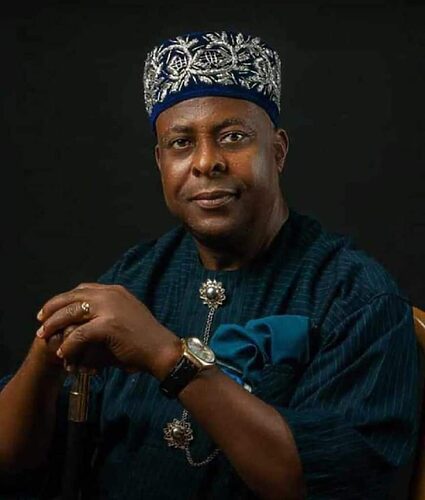
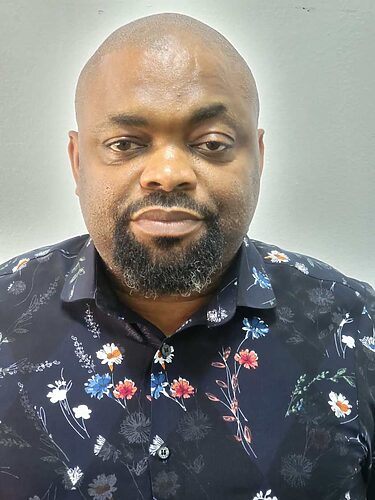
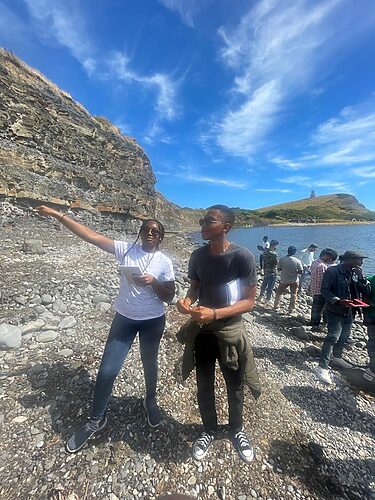
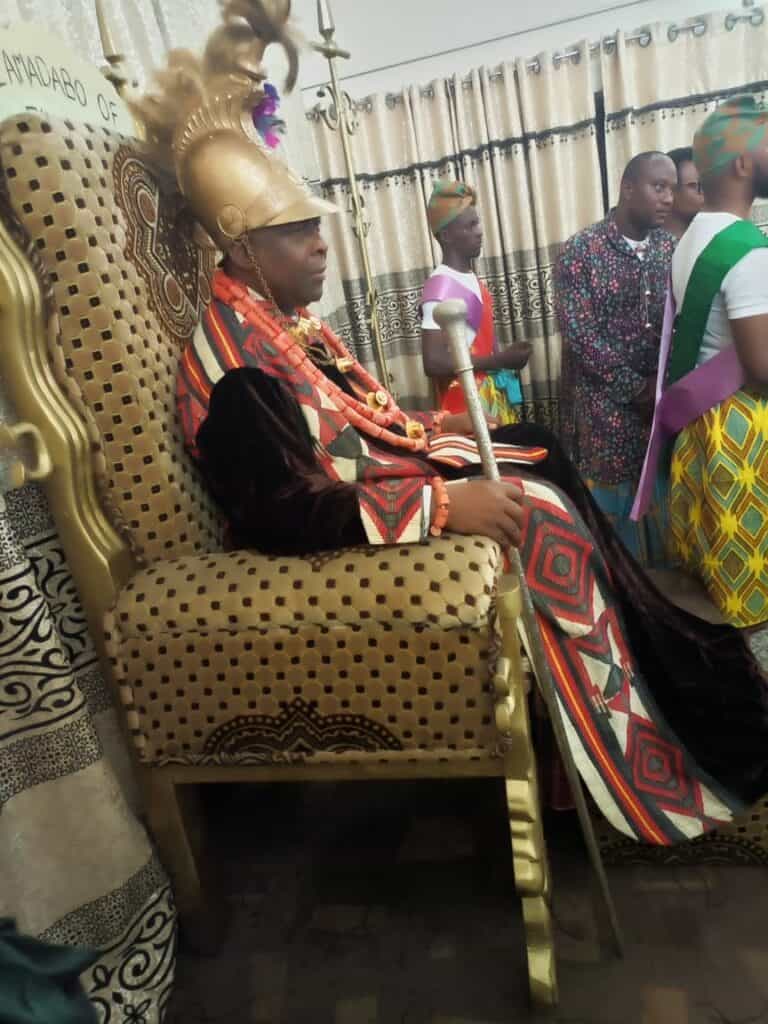
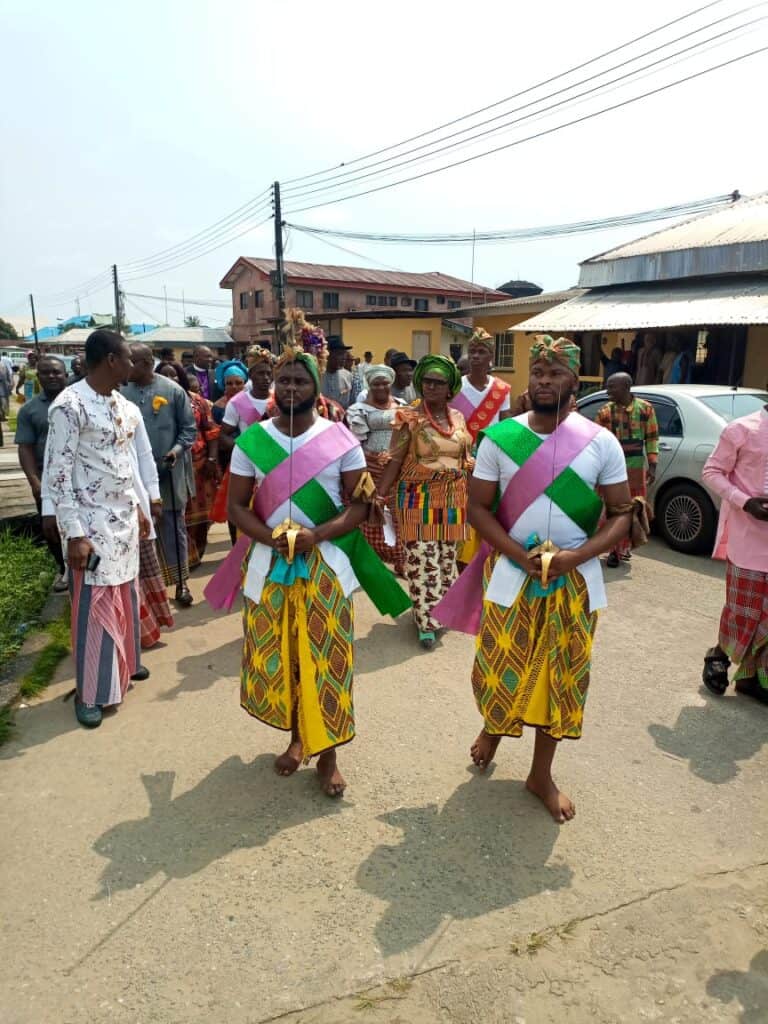
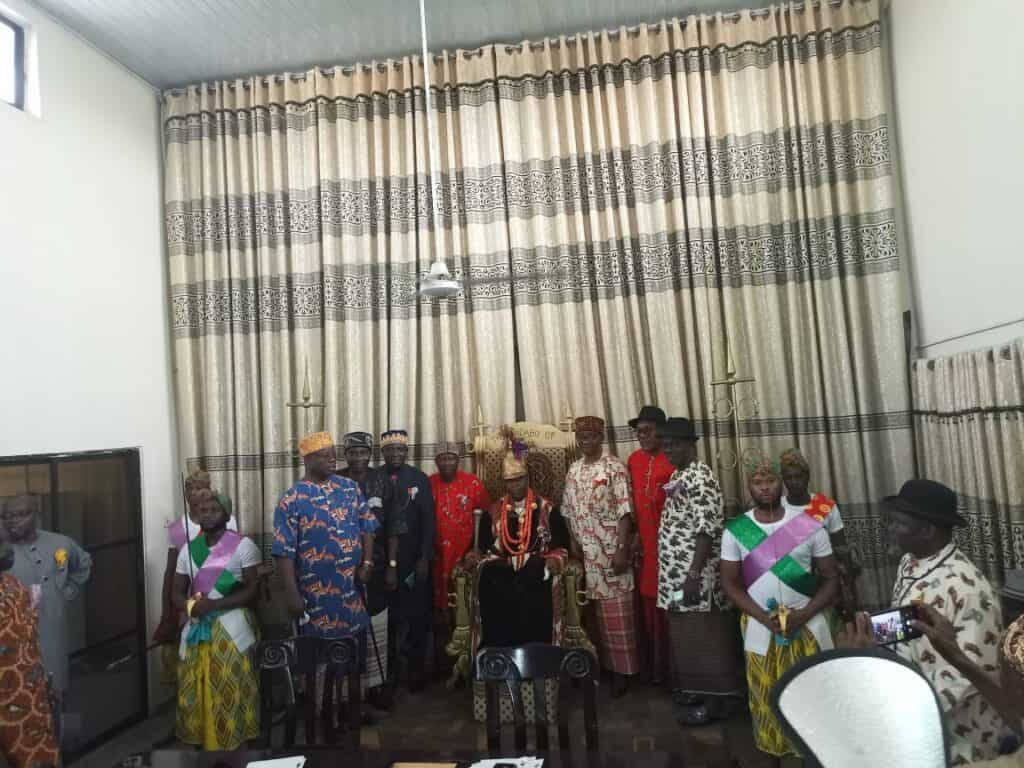
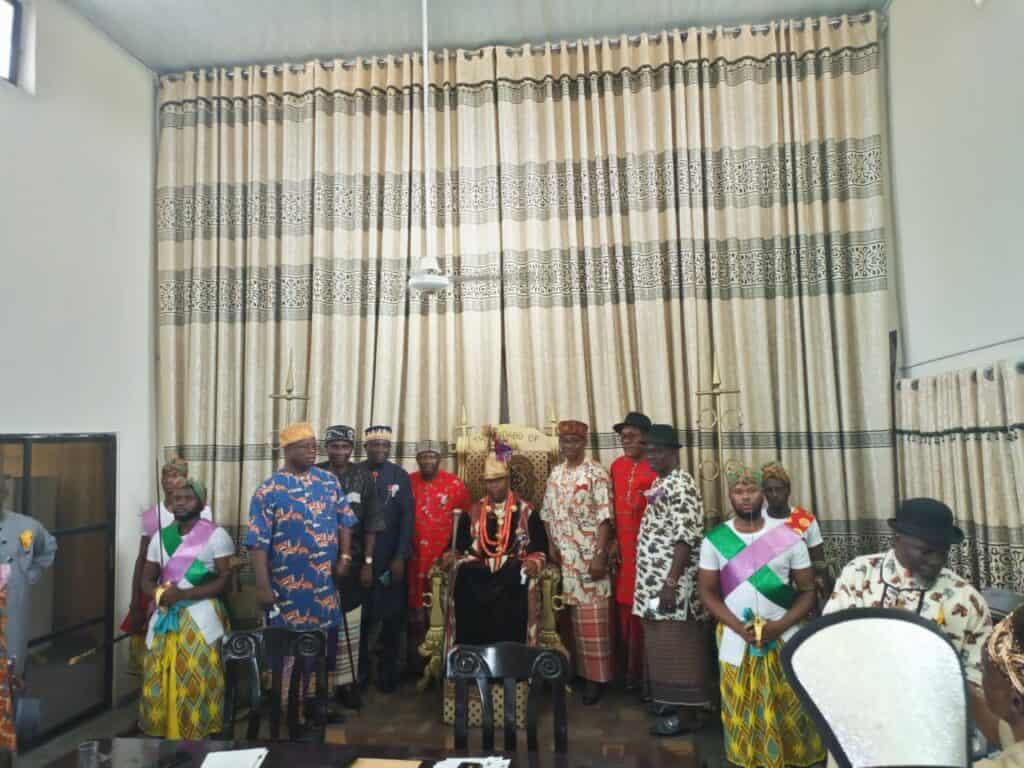
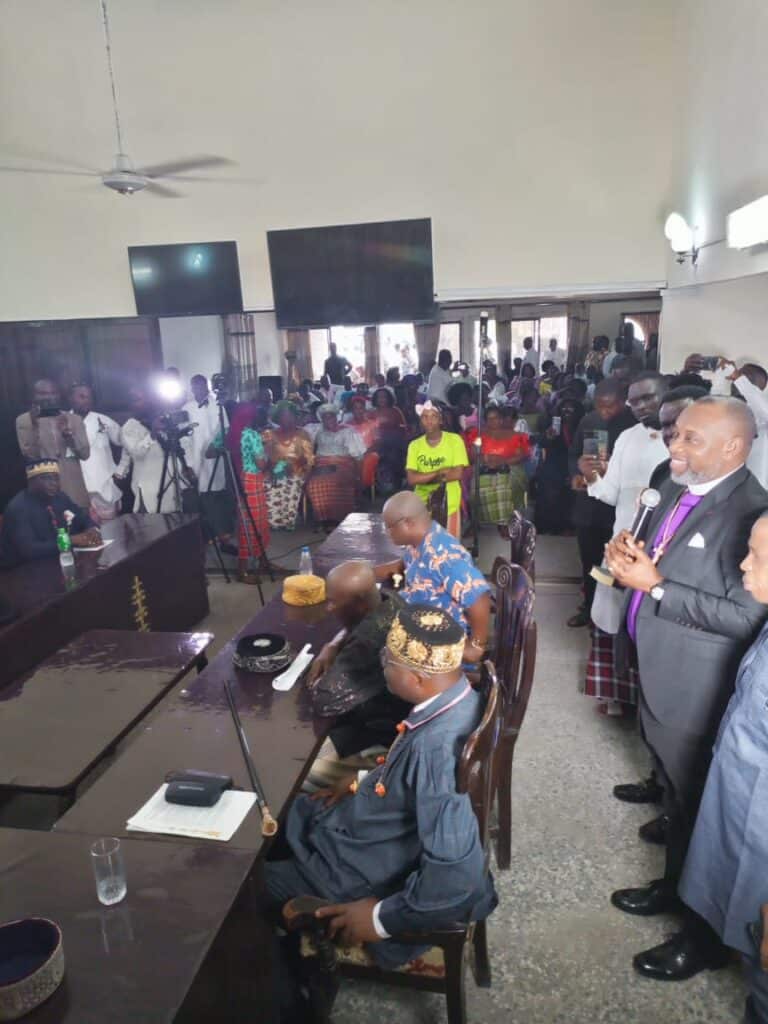
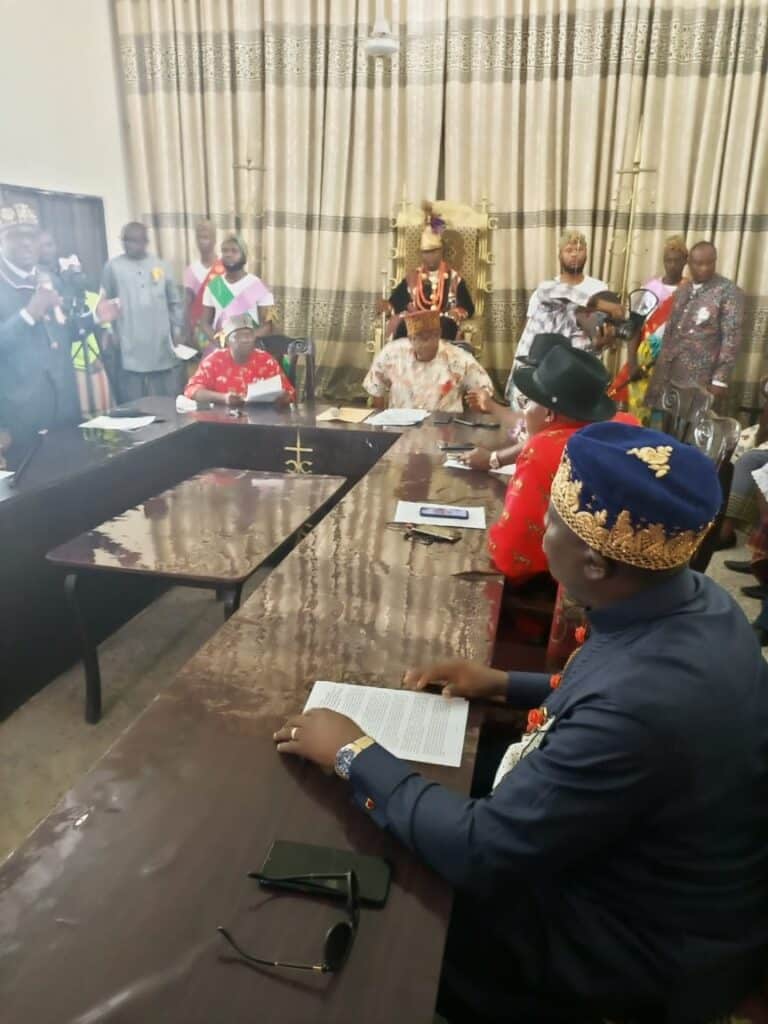
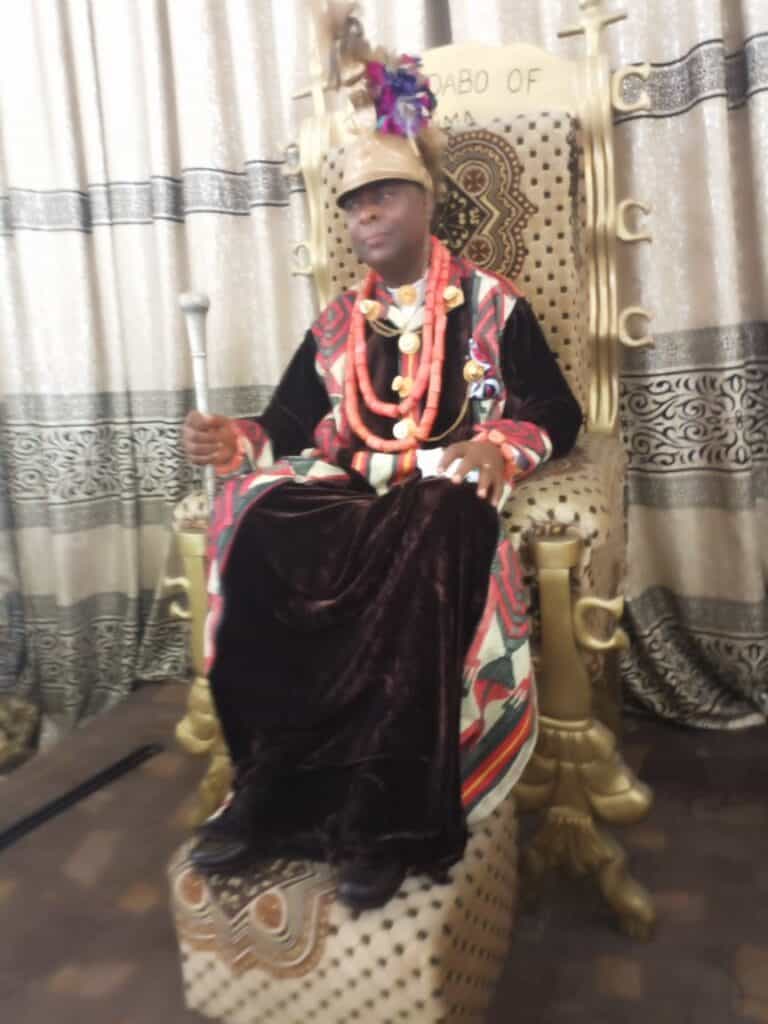
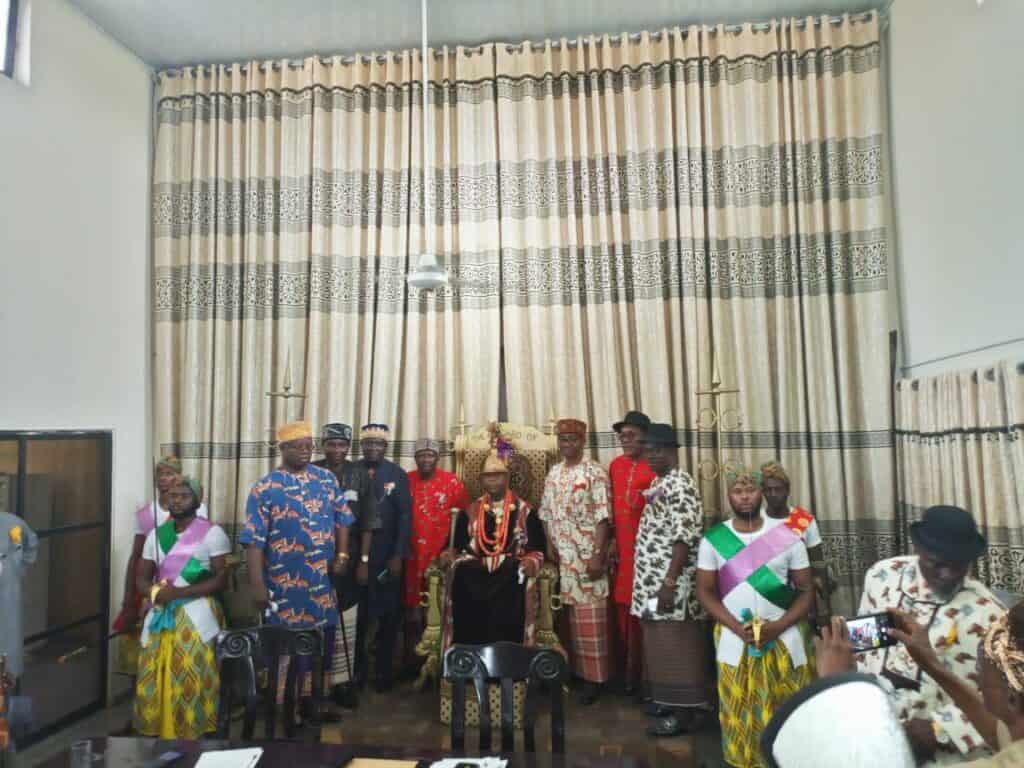
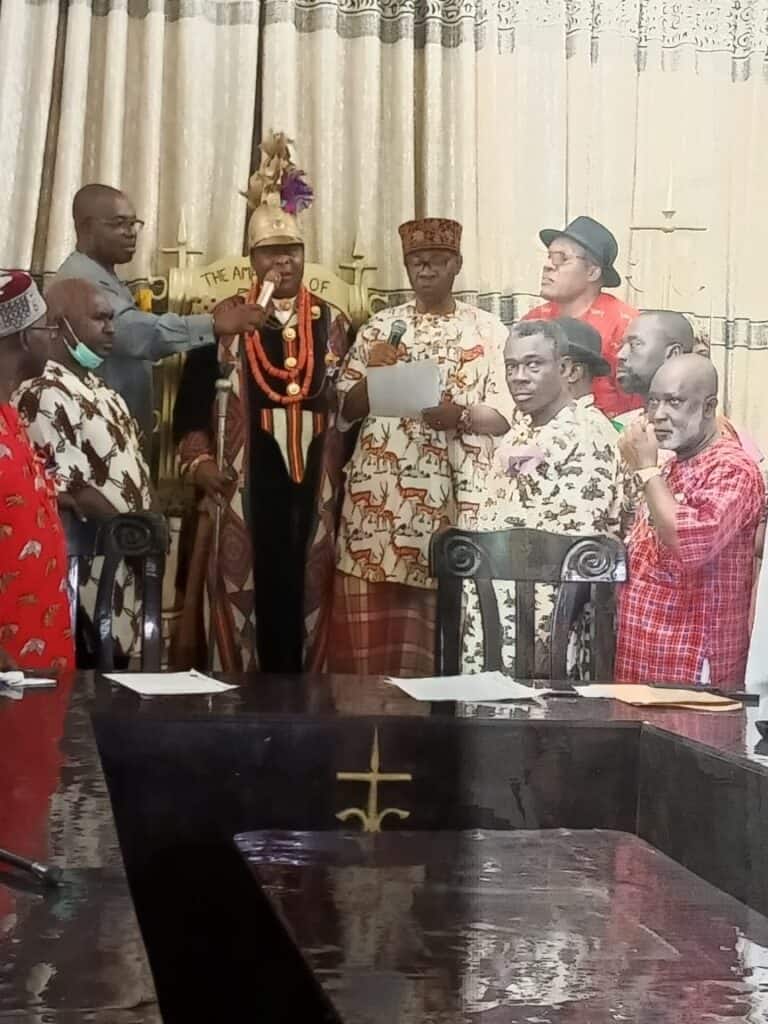
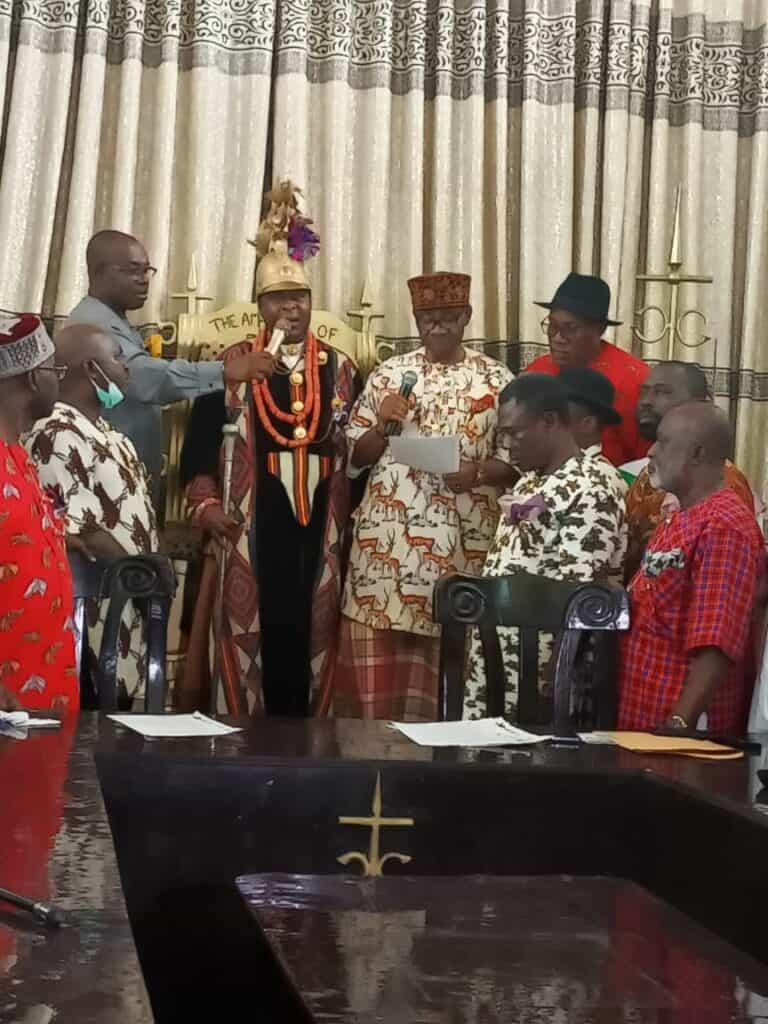
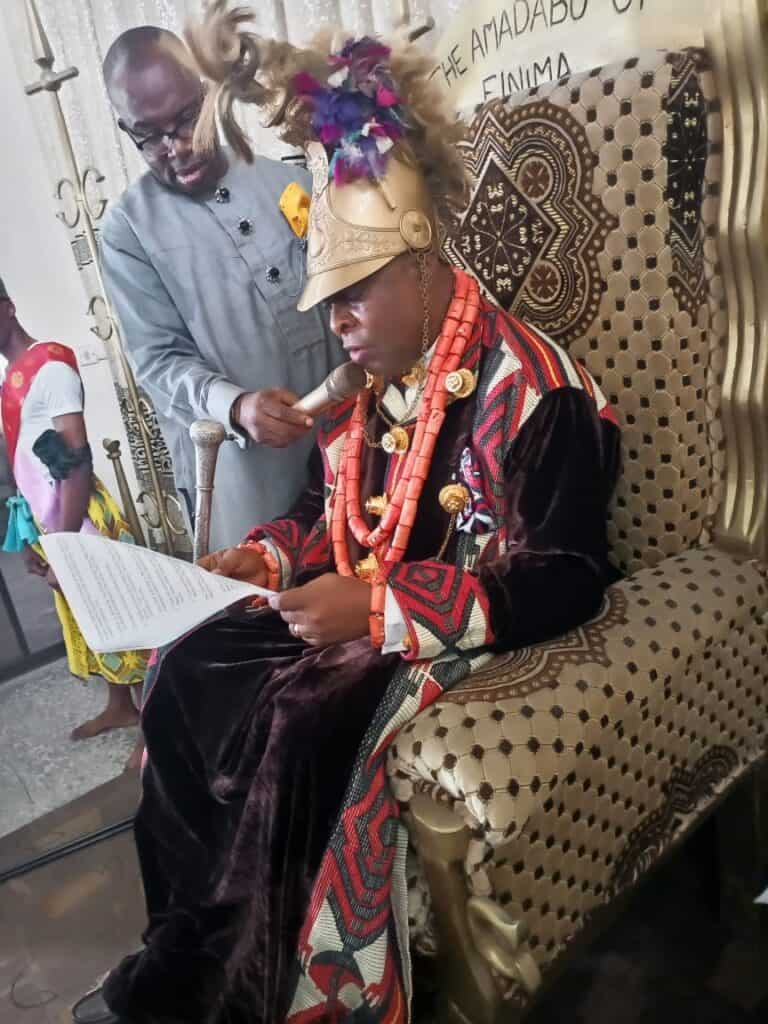
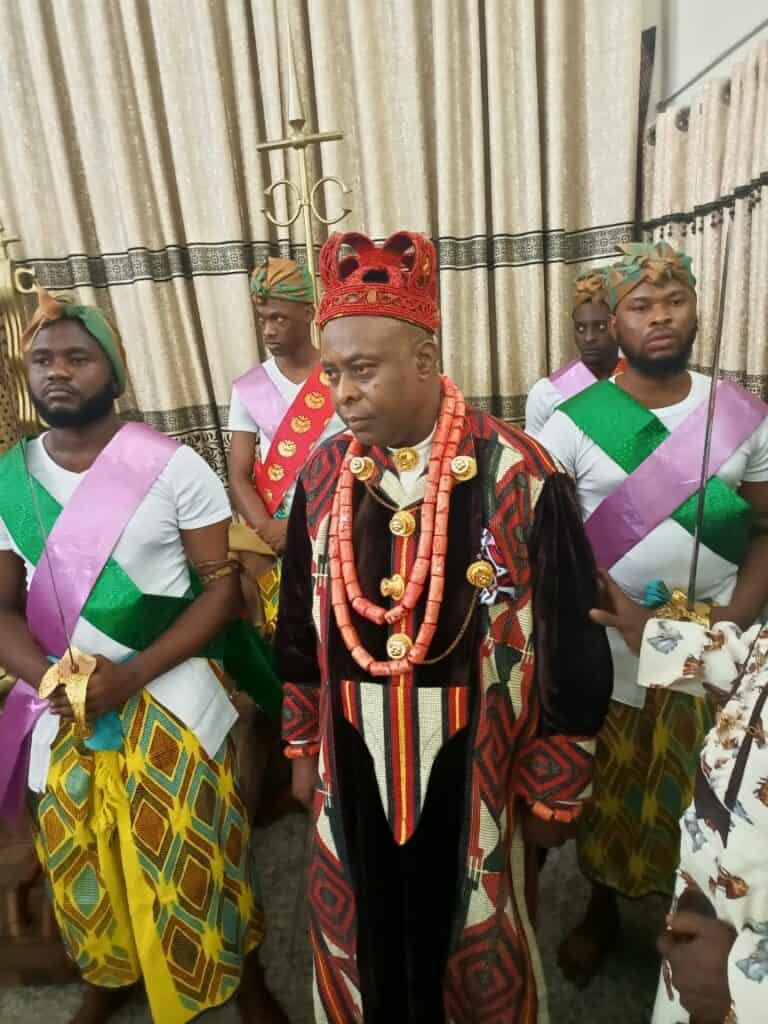
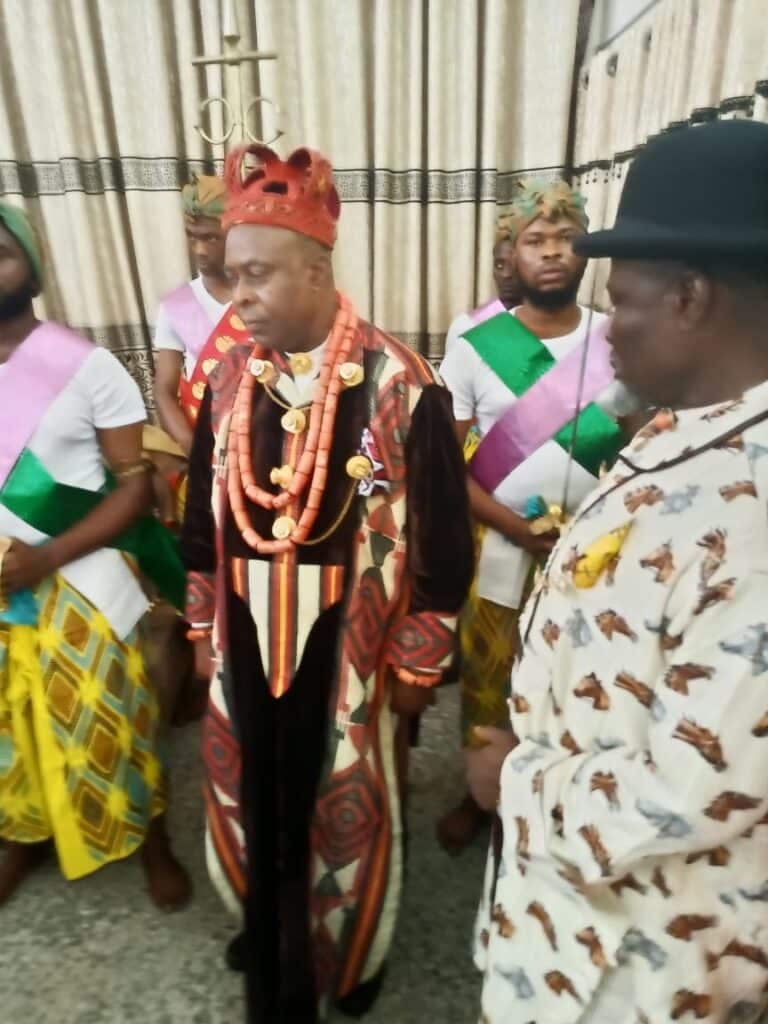
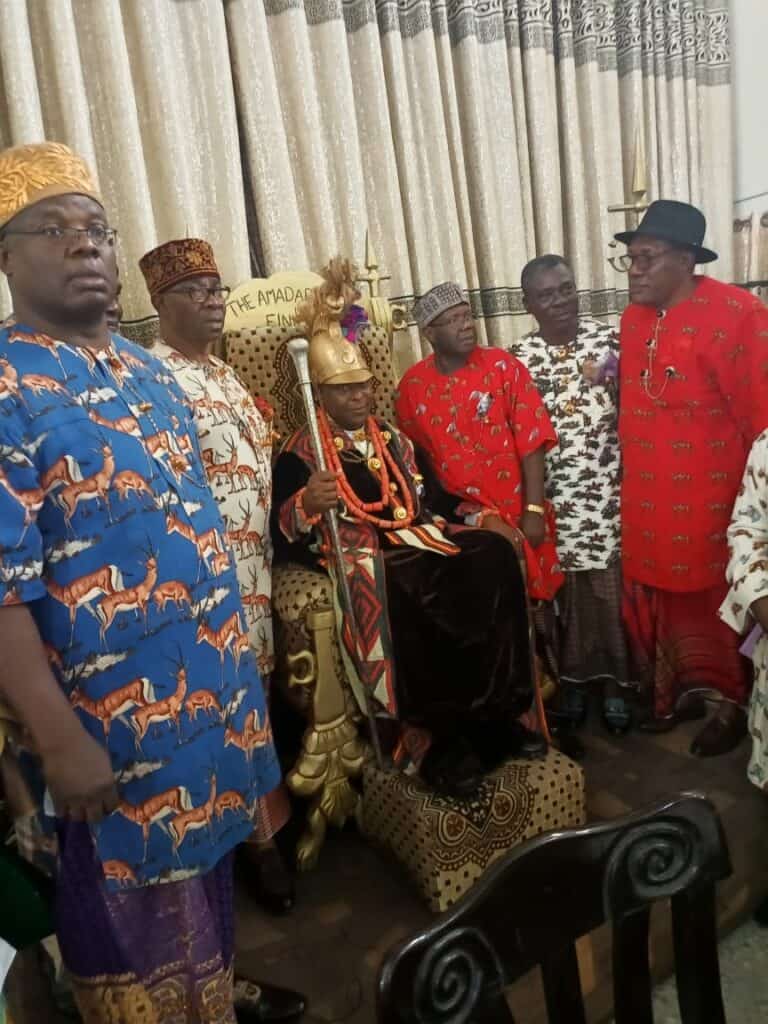
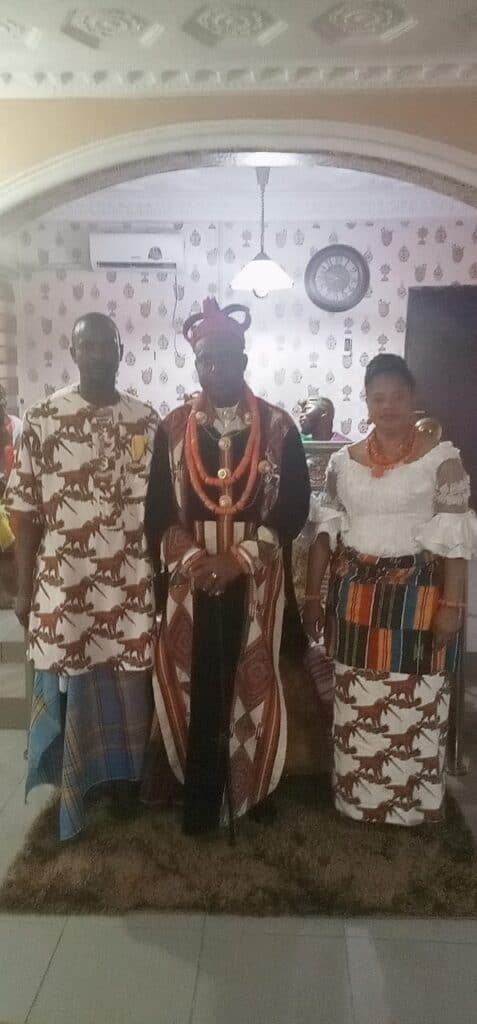
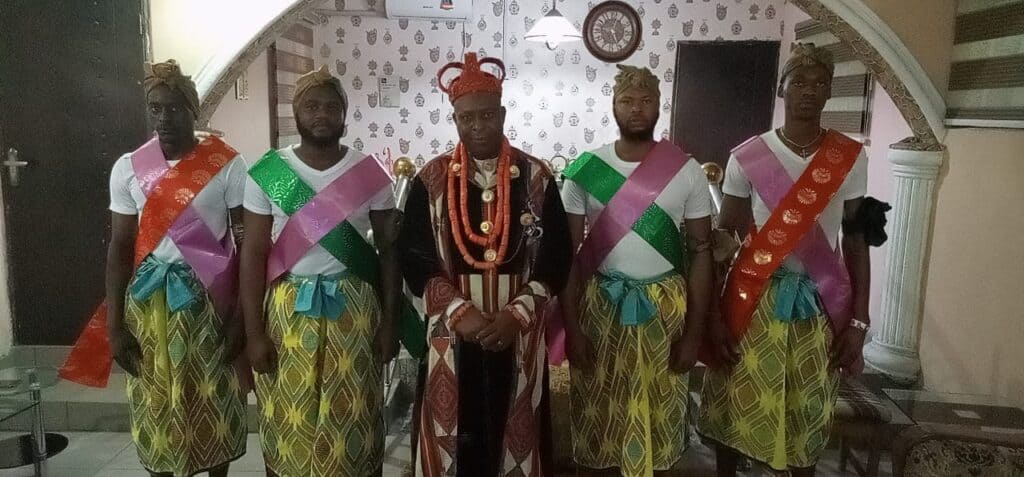
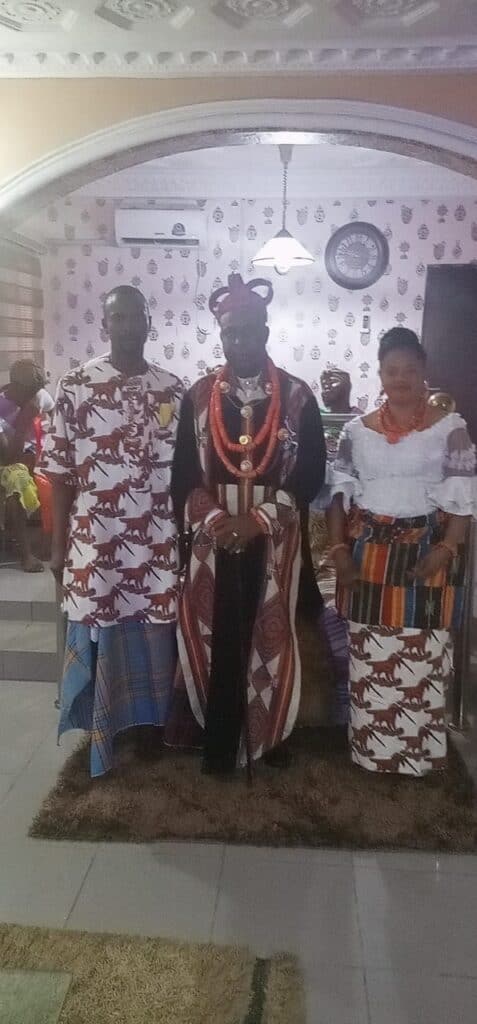
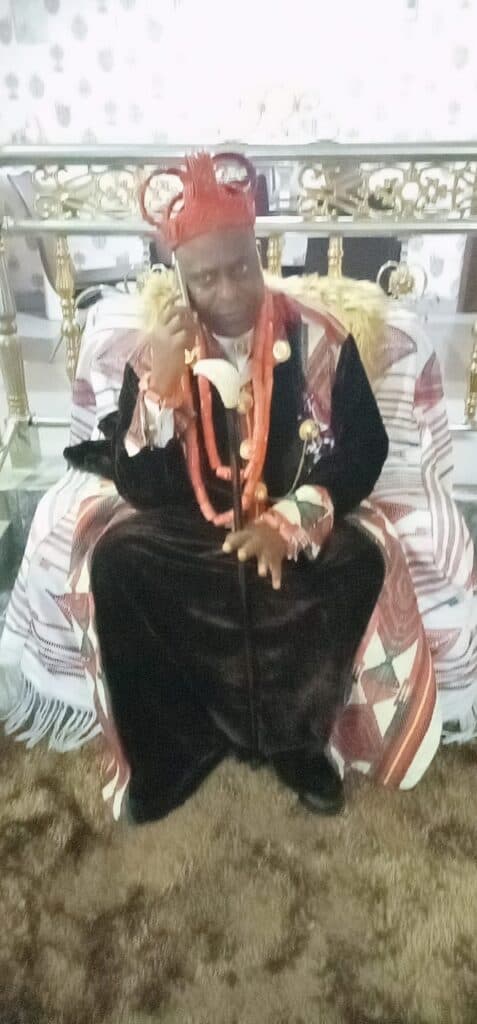
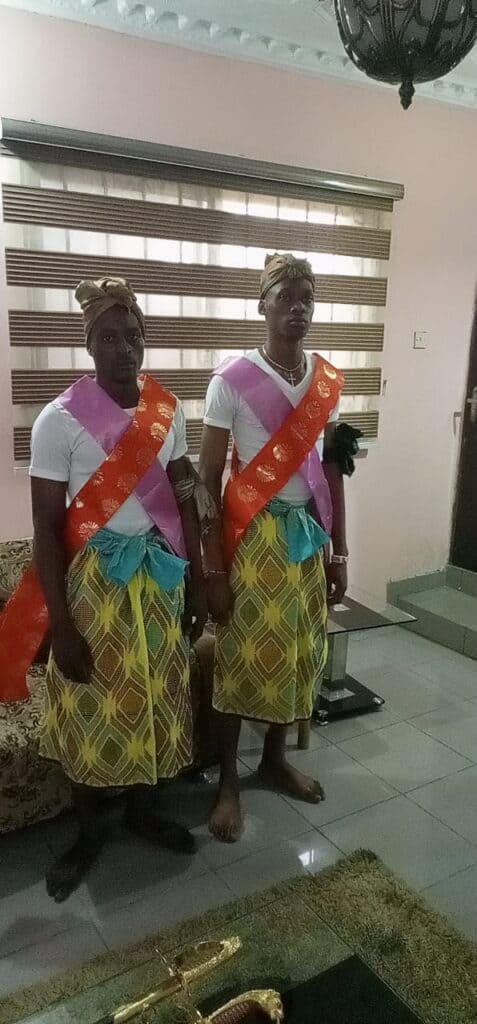
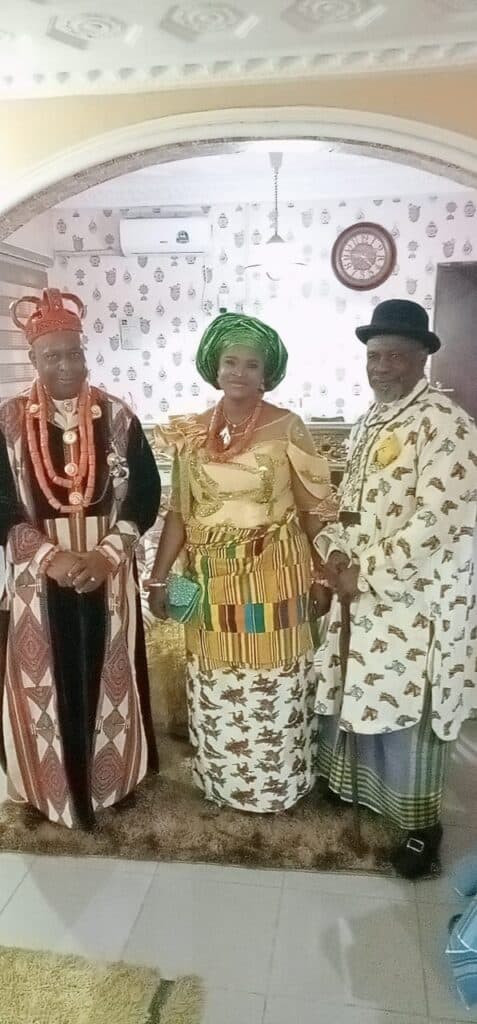
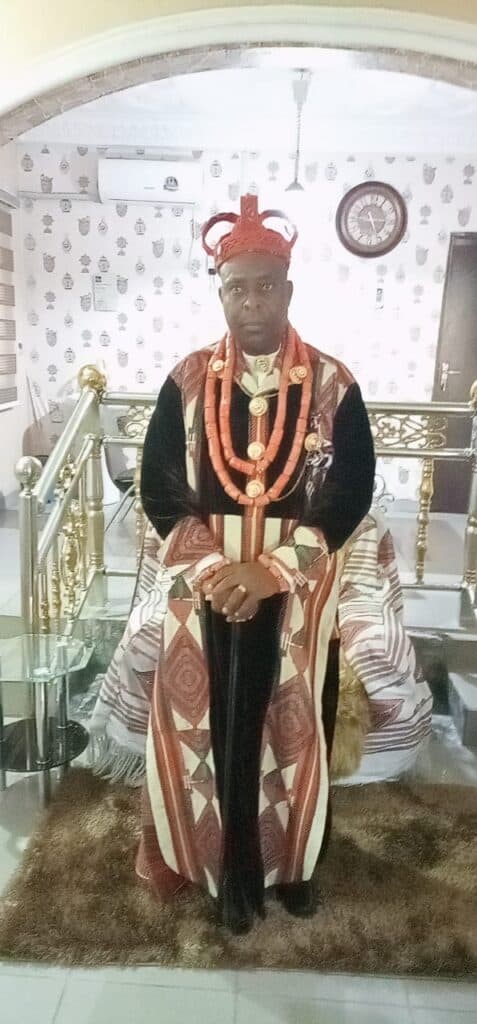
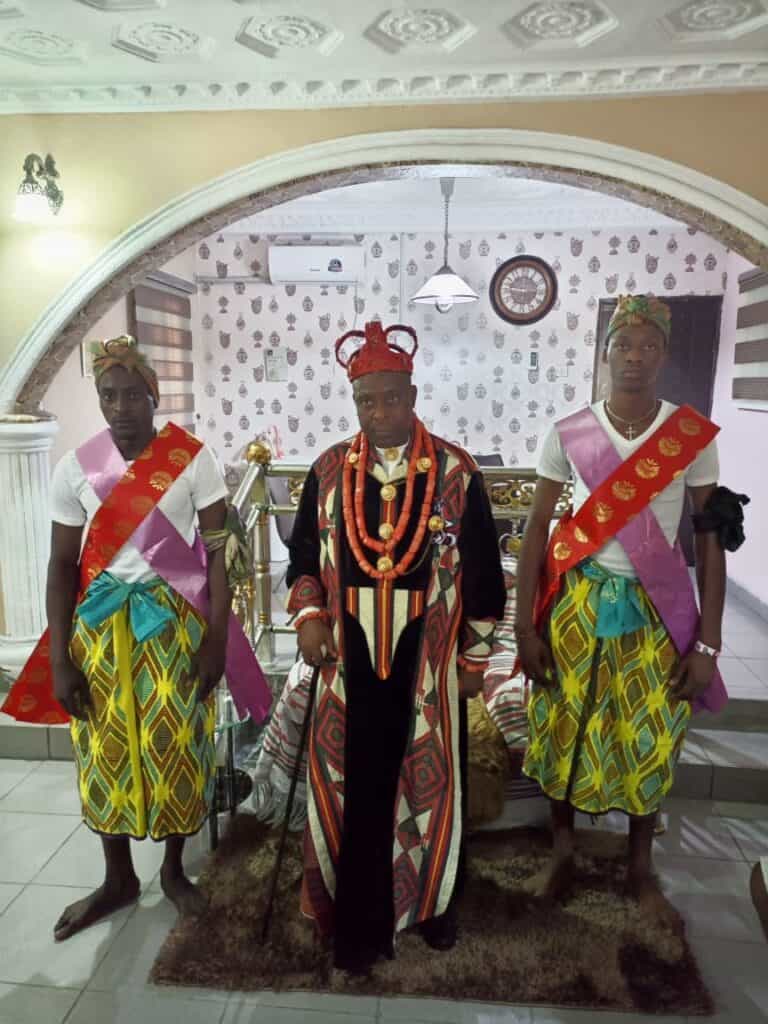
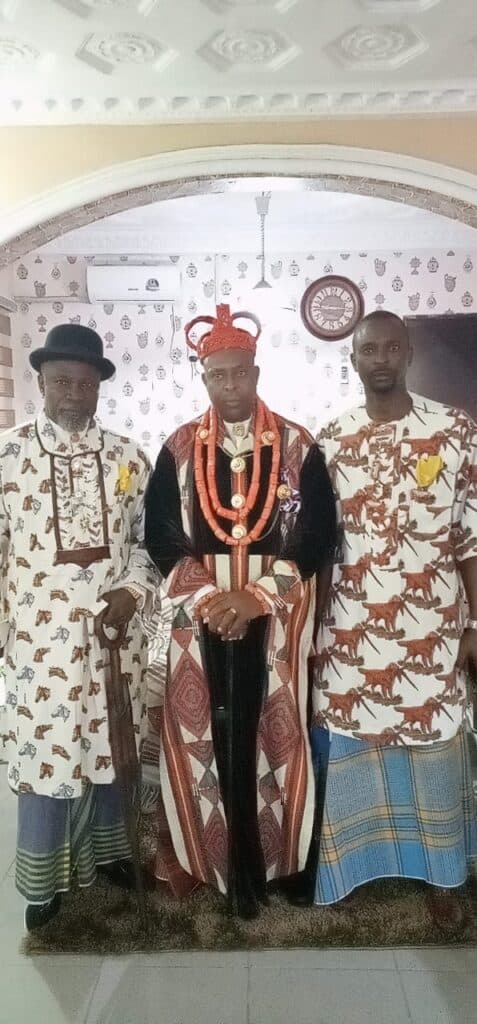
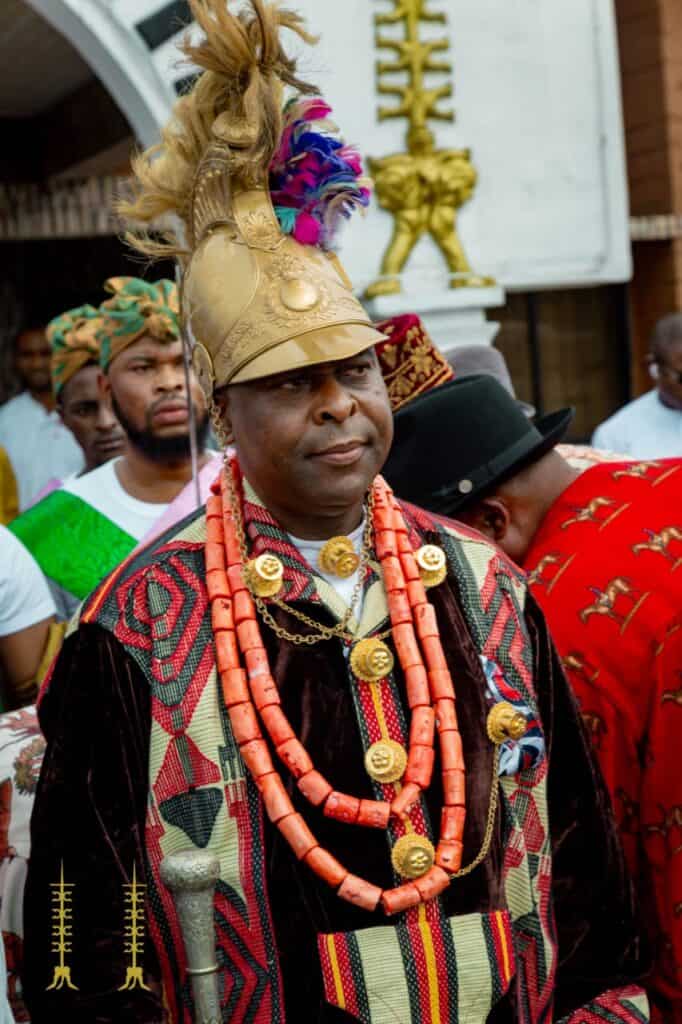
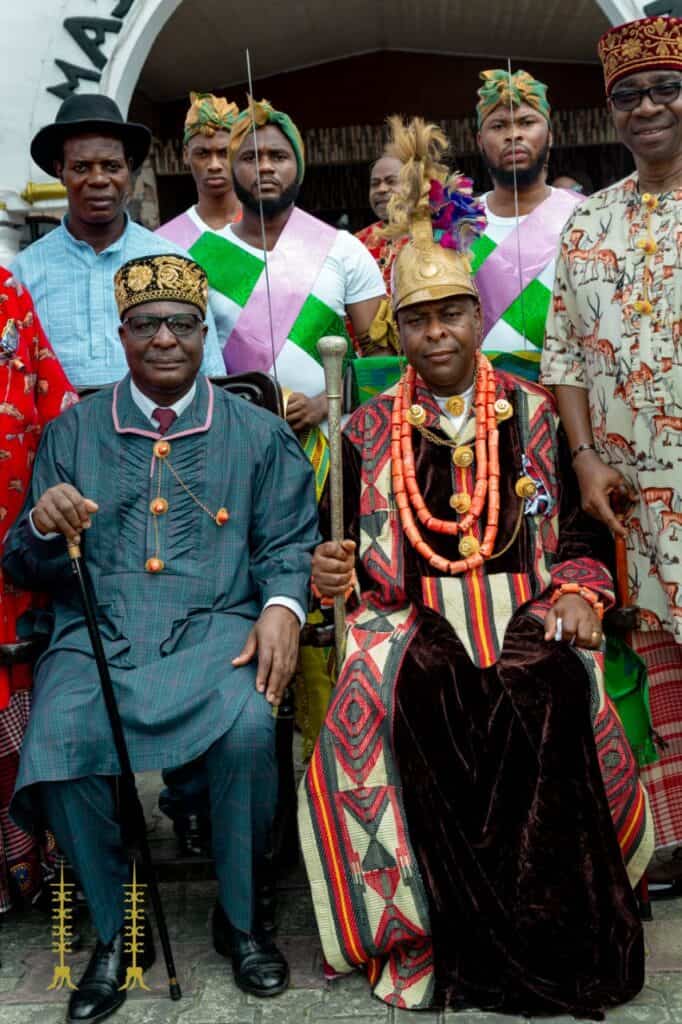
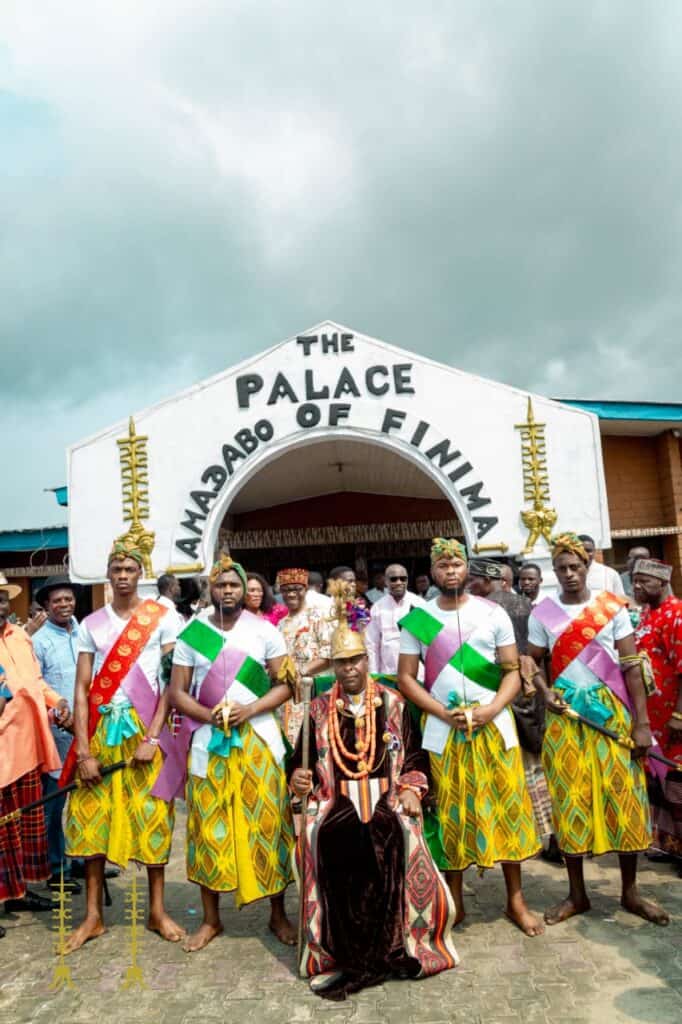
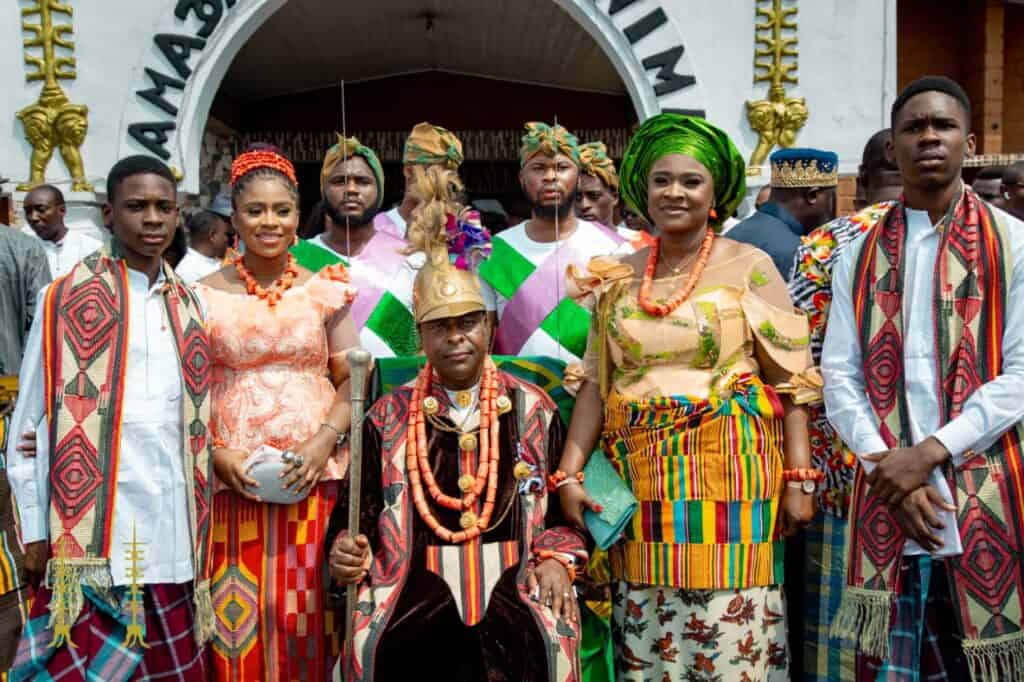


You must be logged in to post a comment.